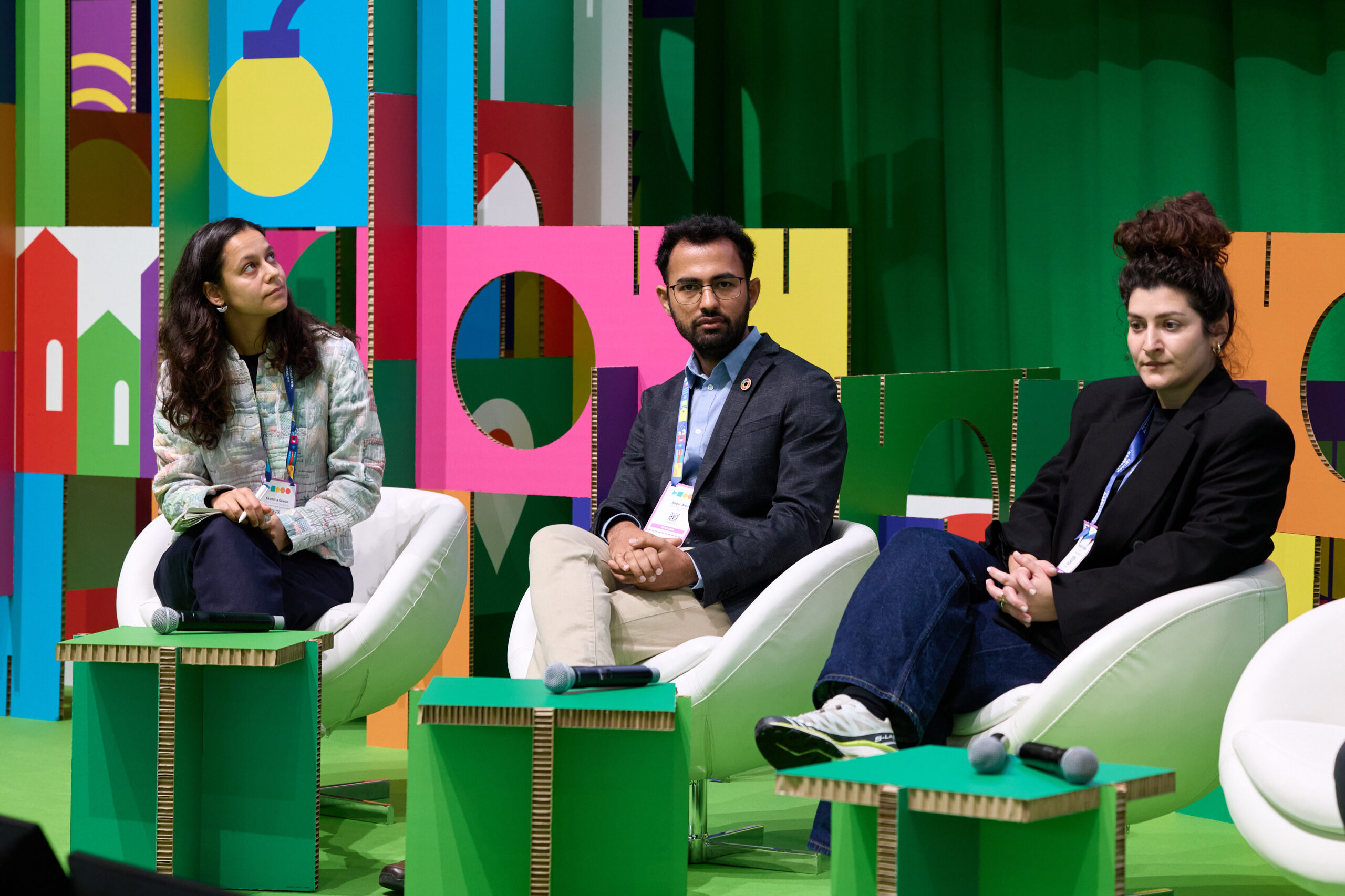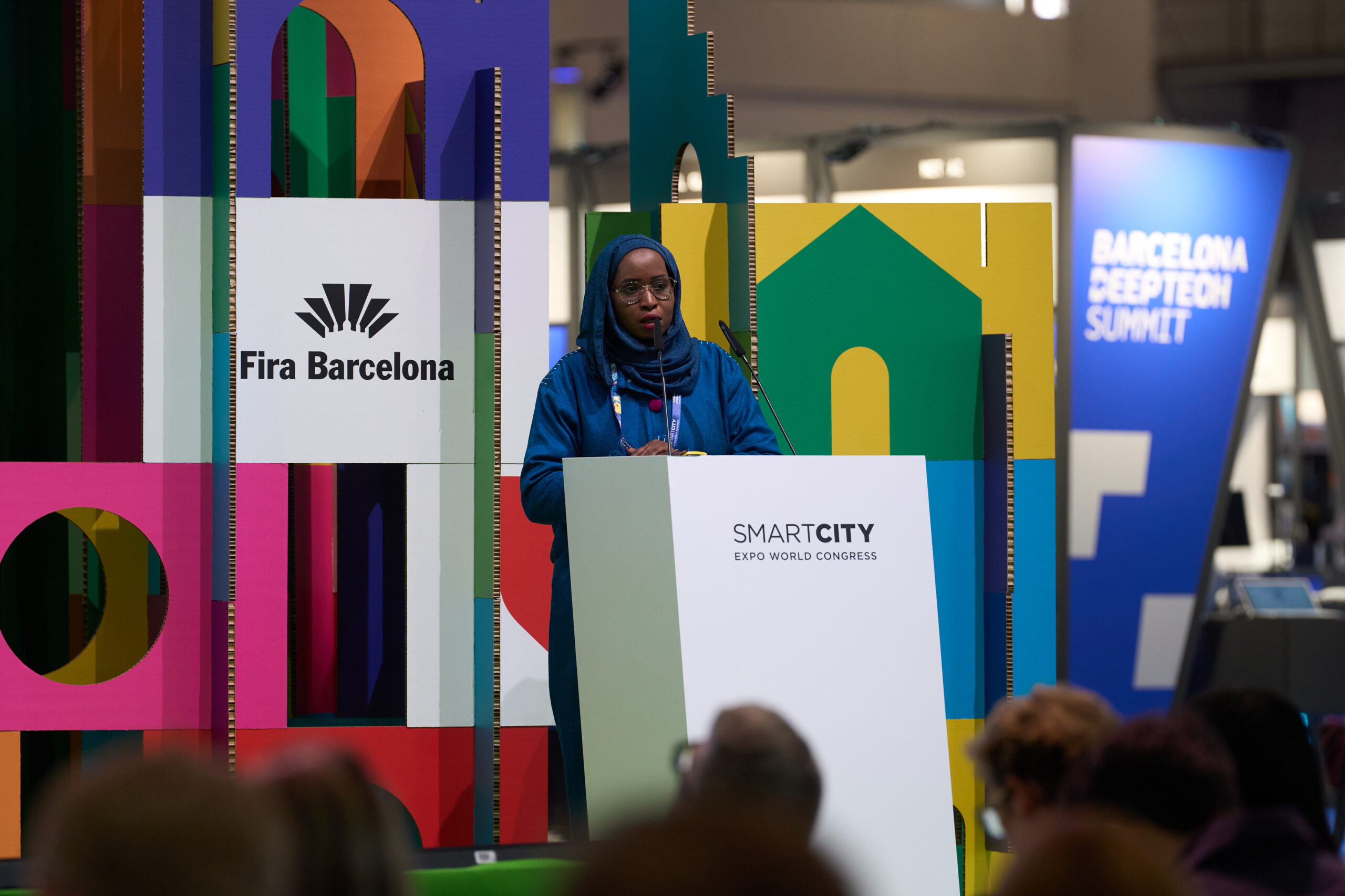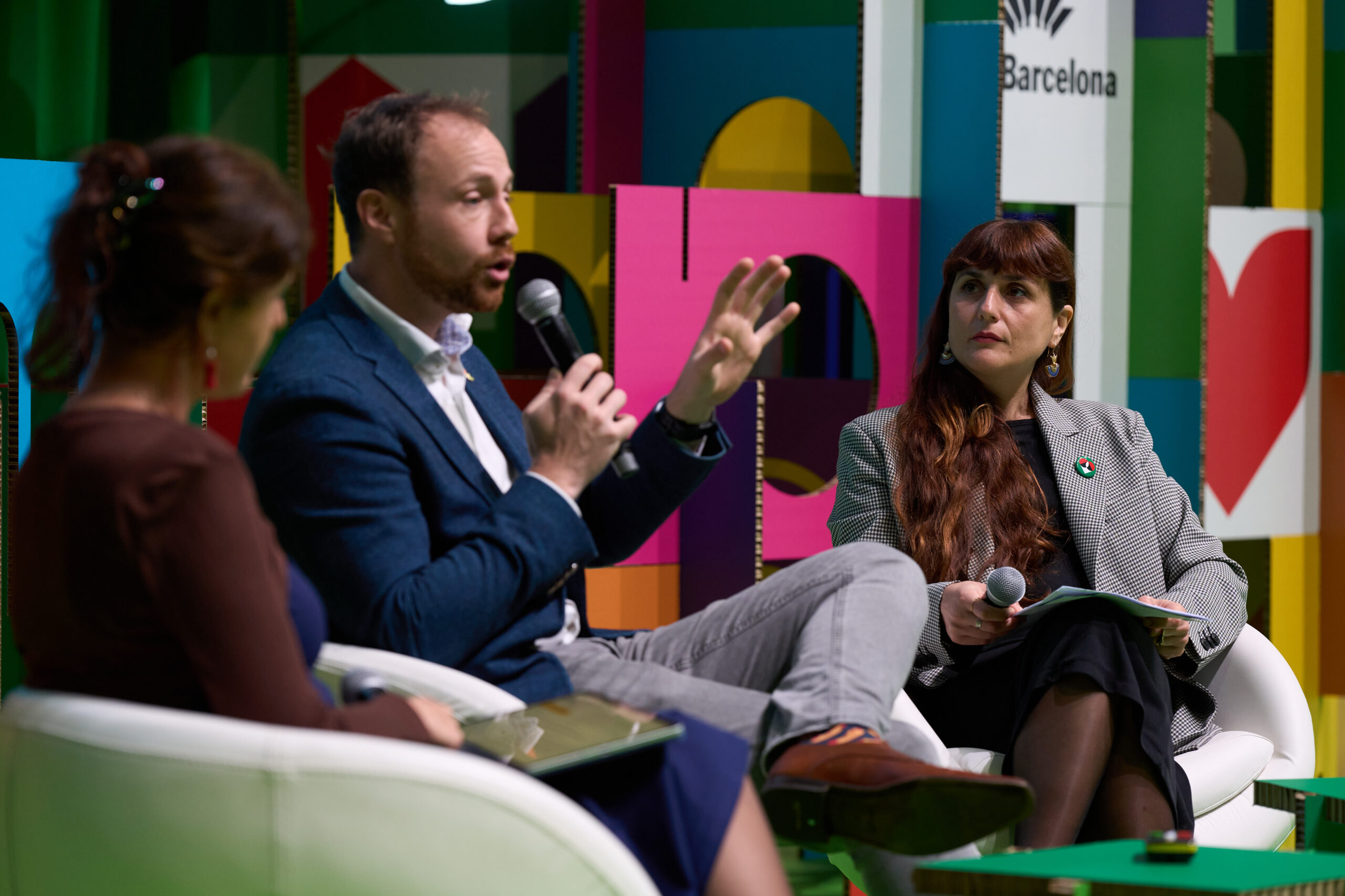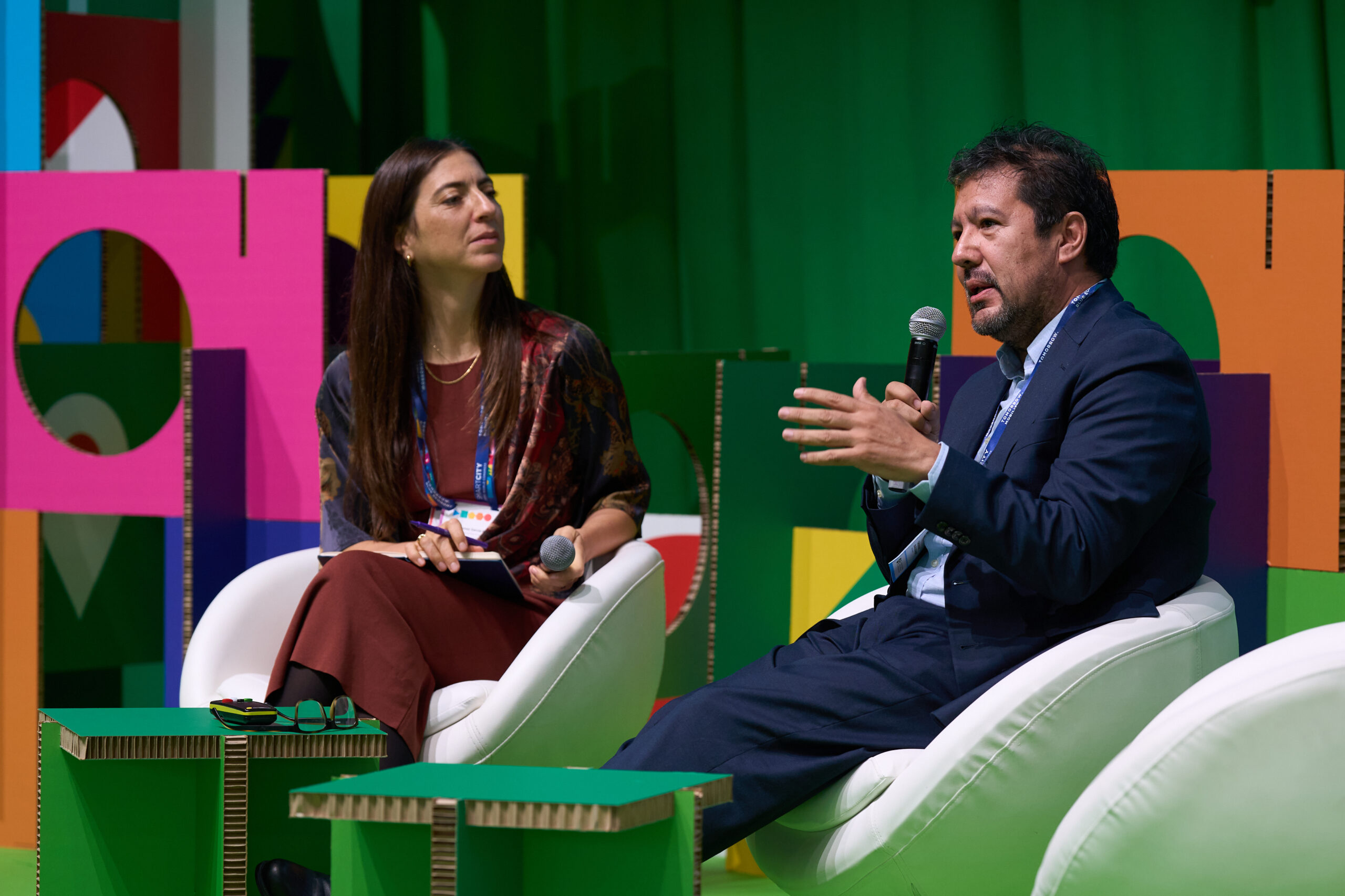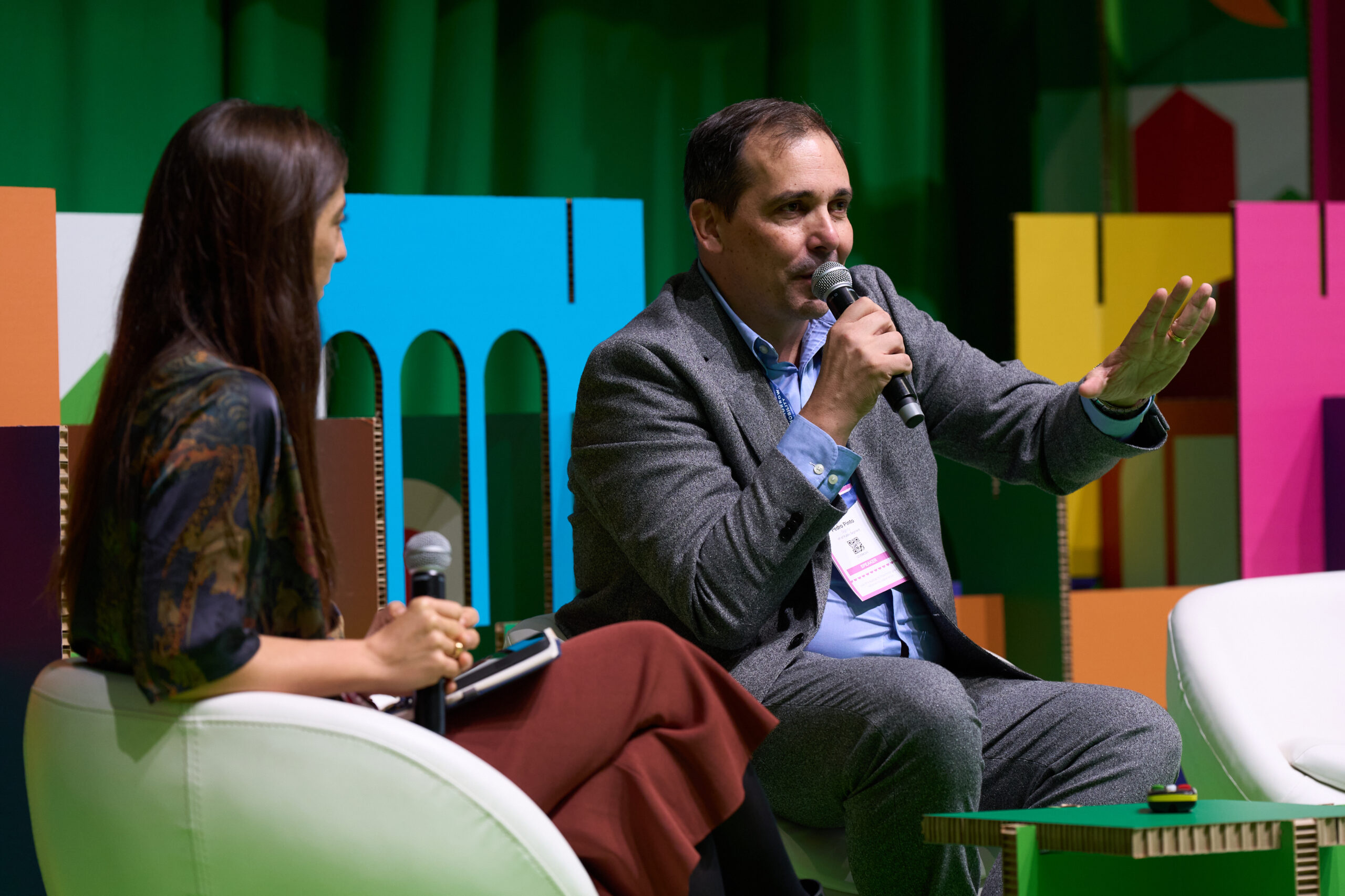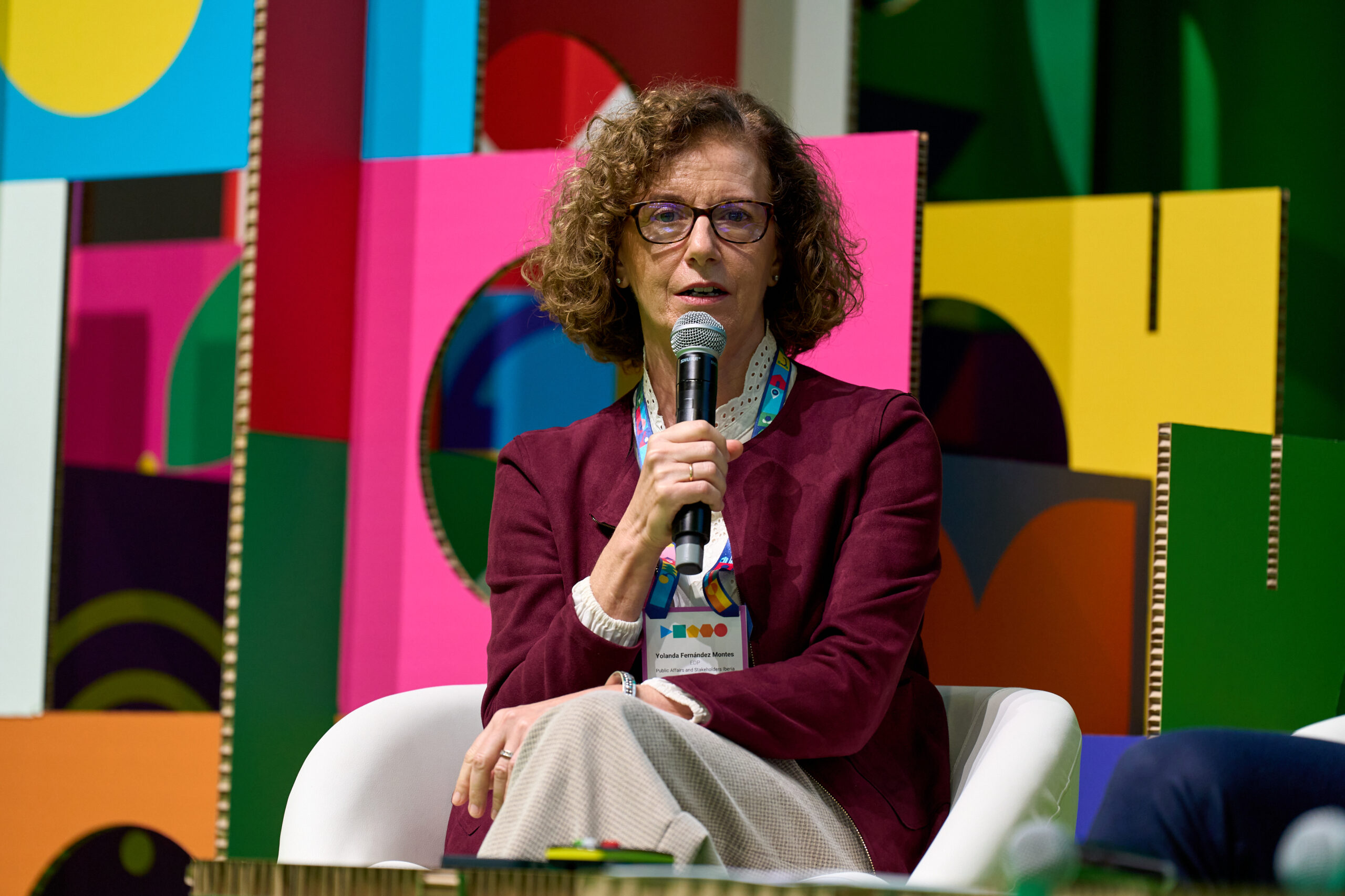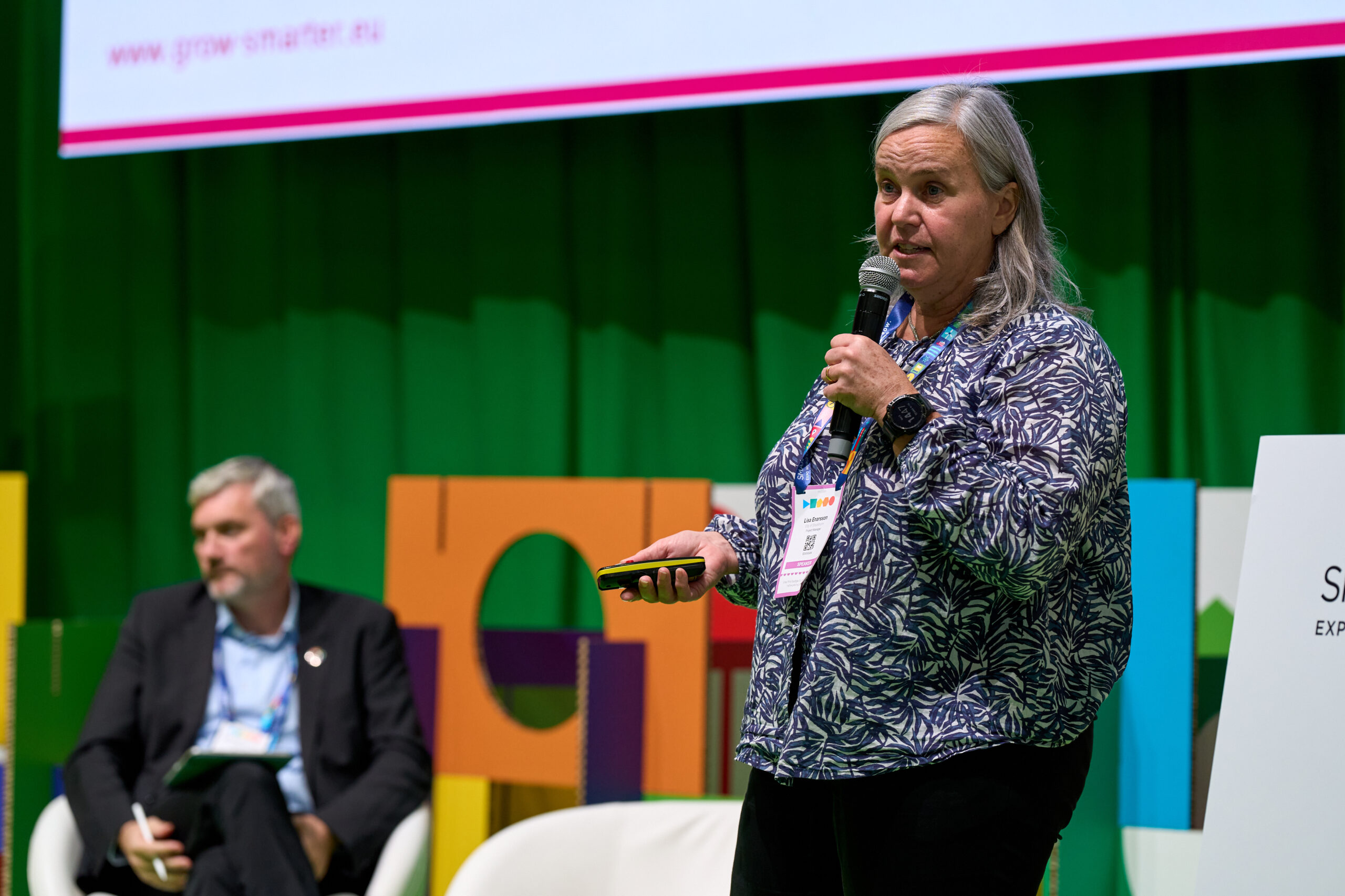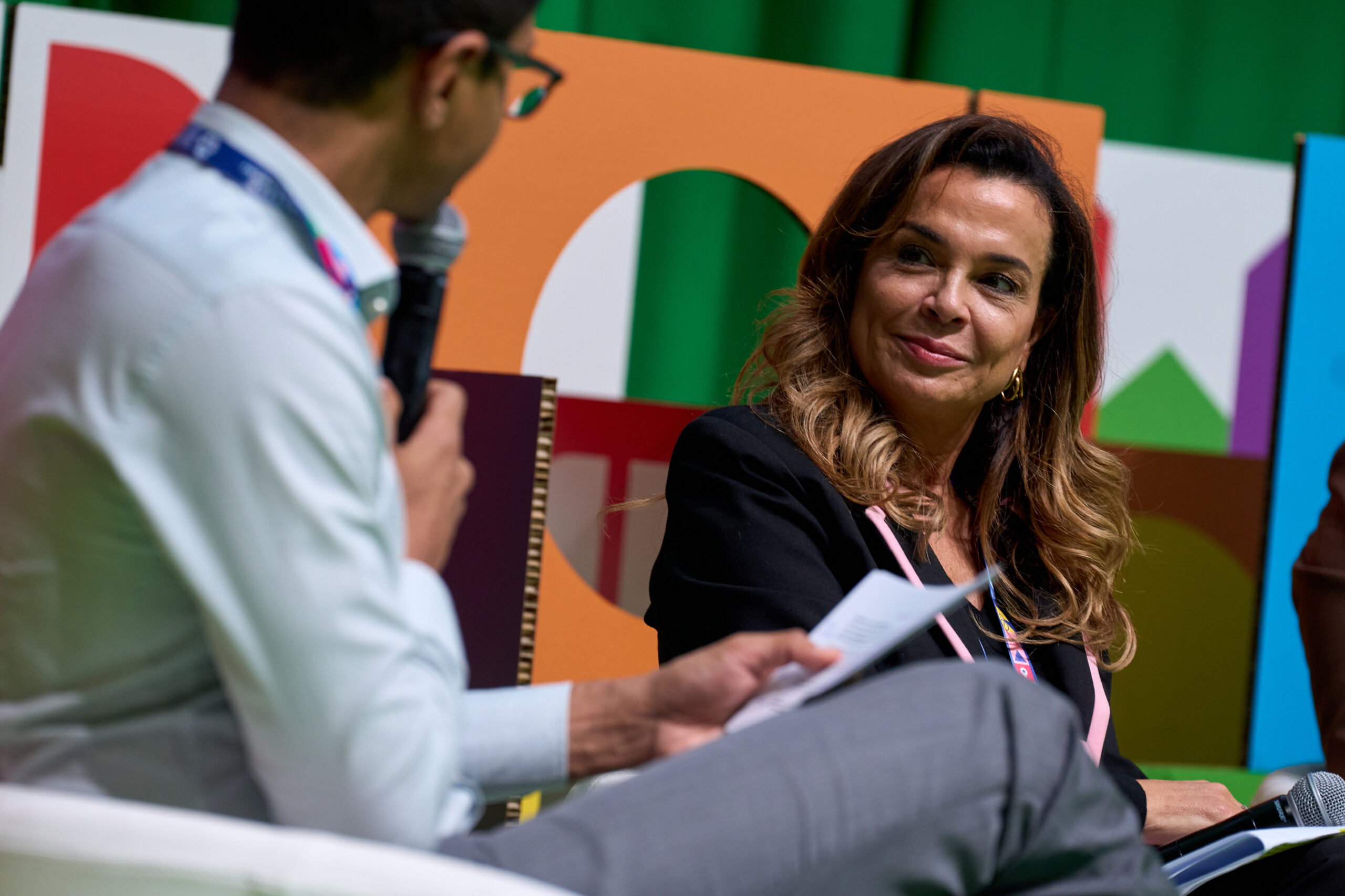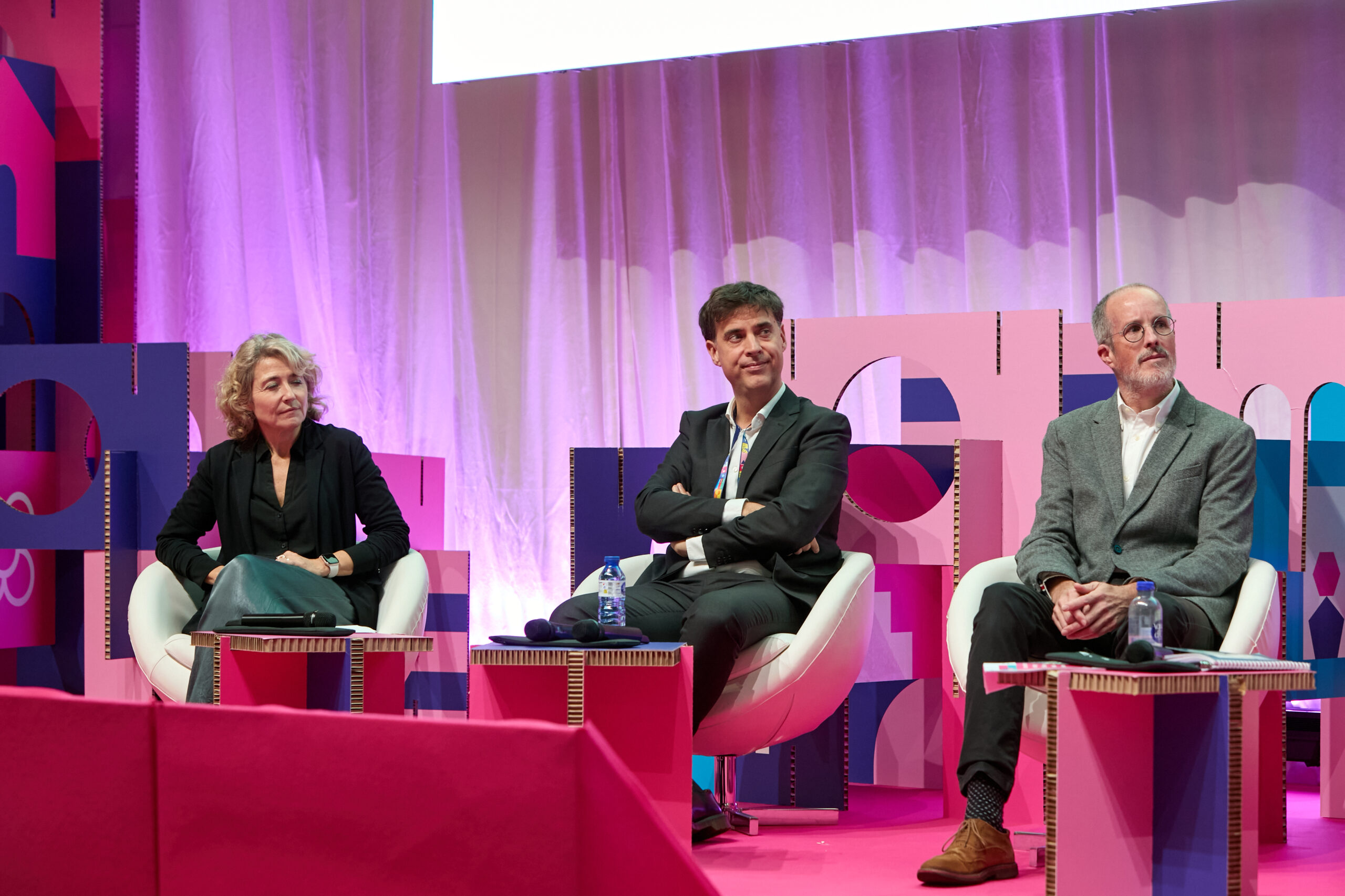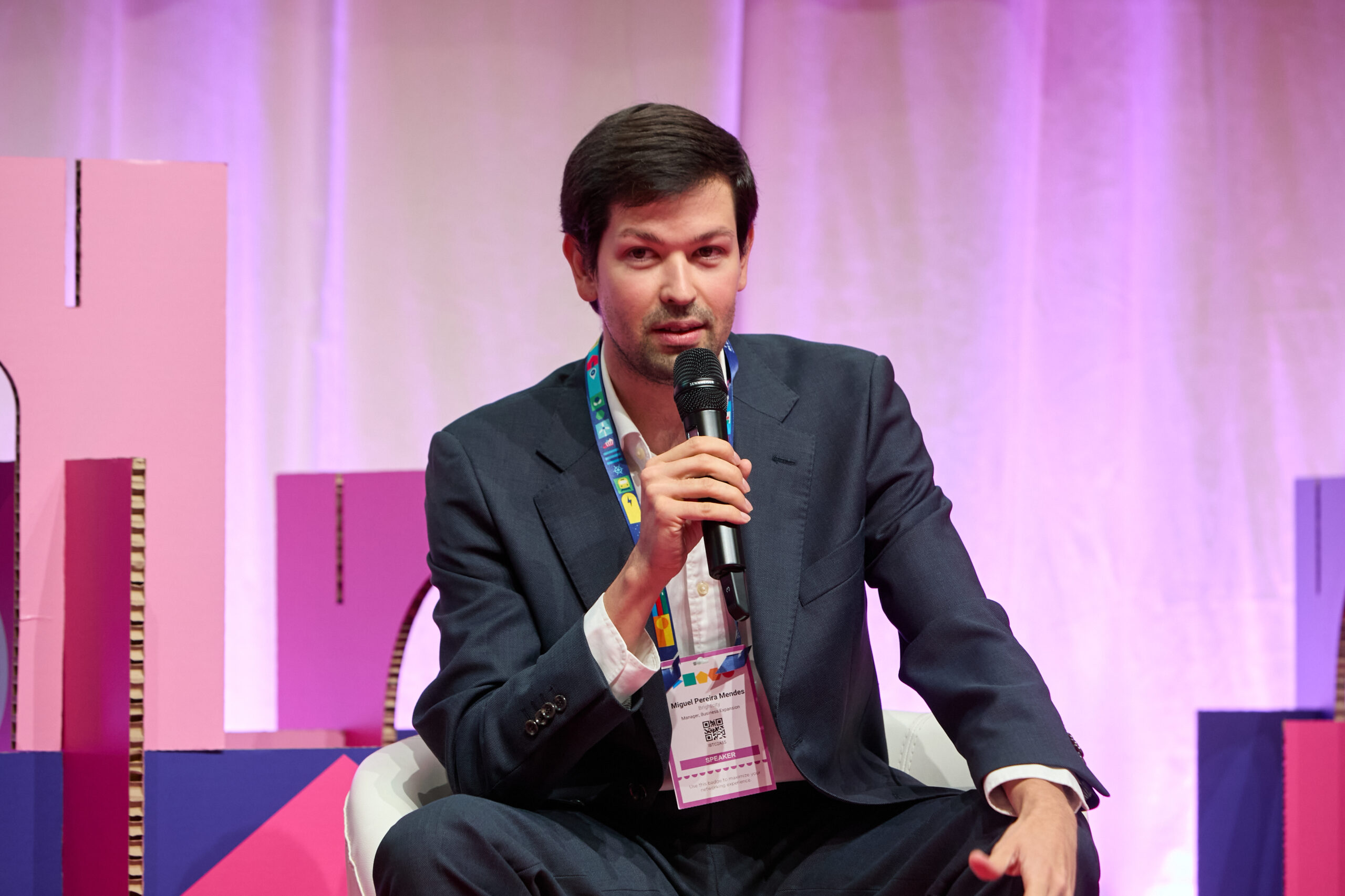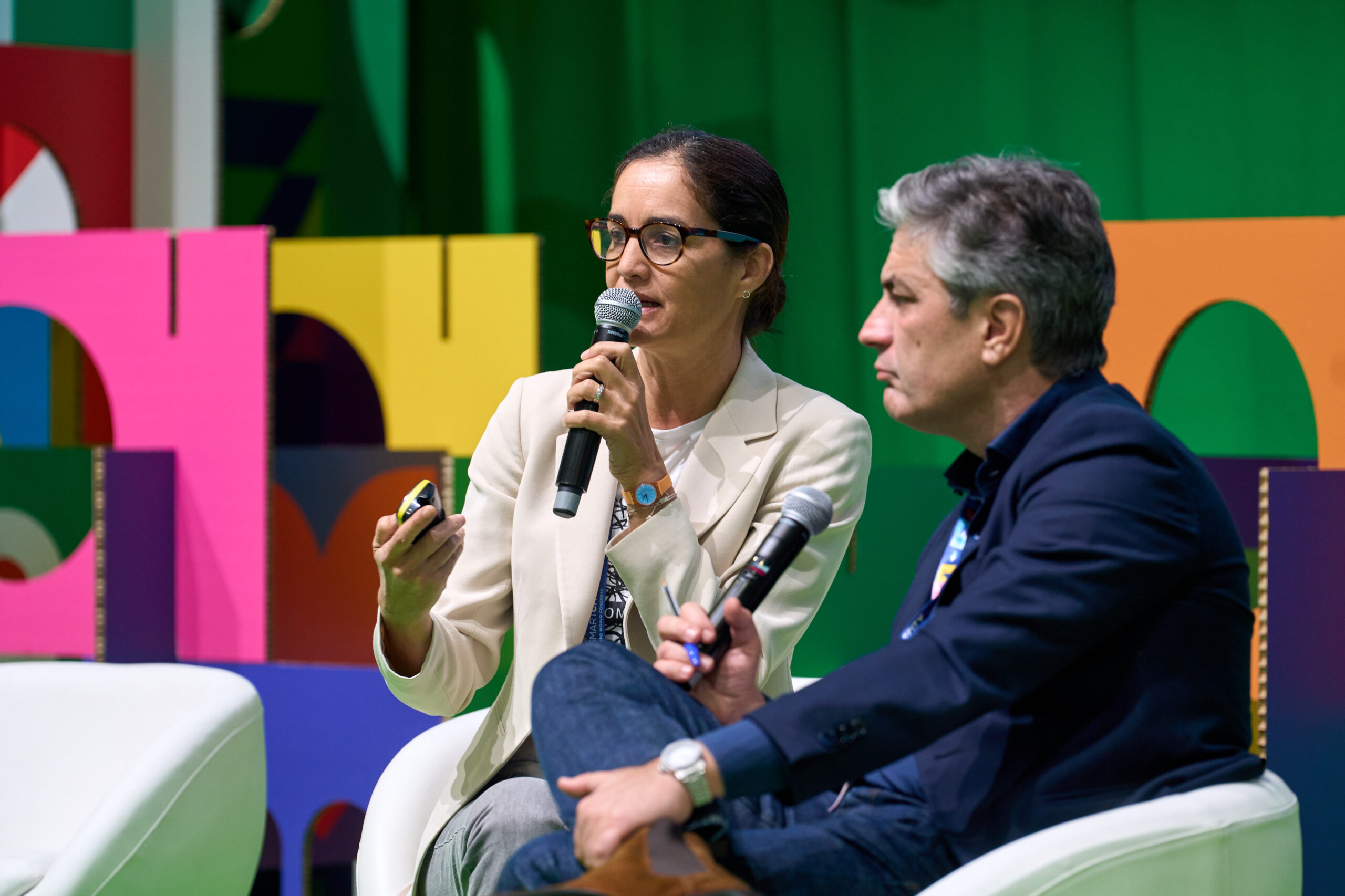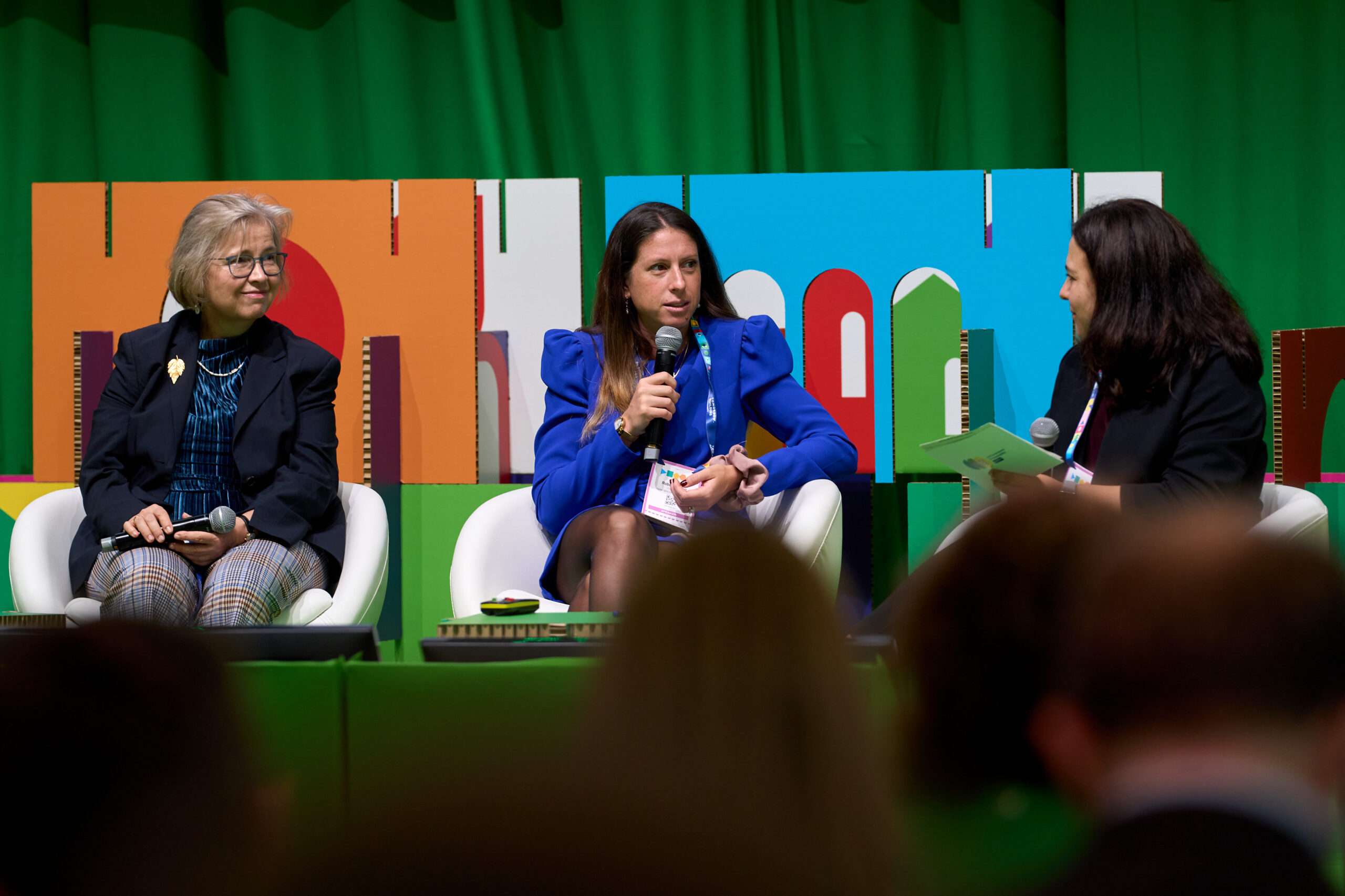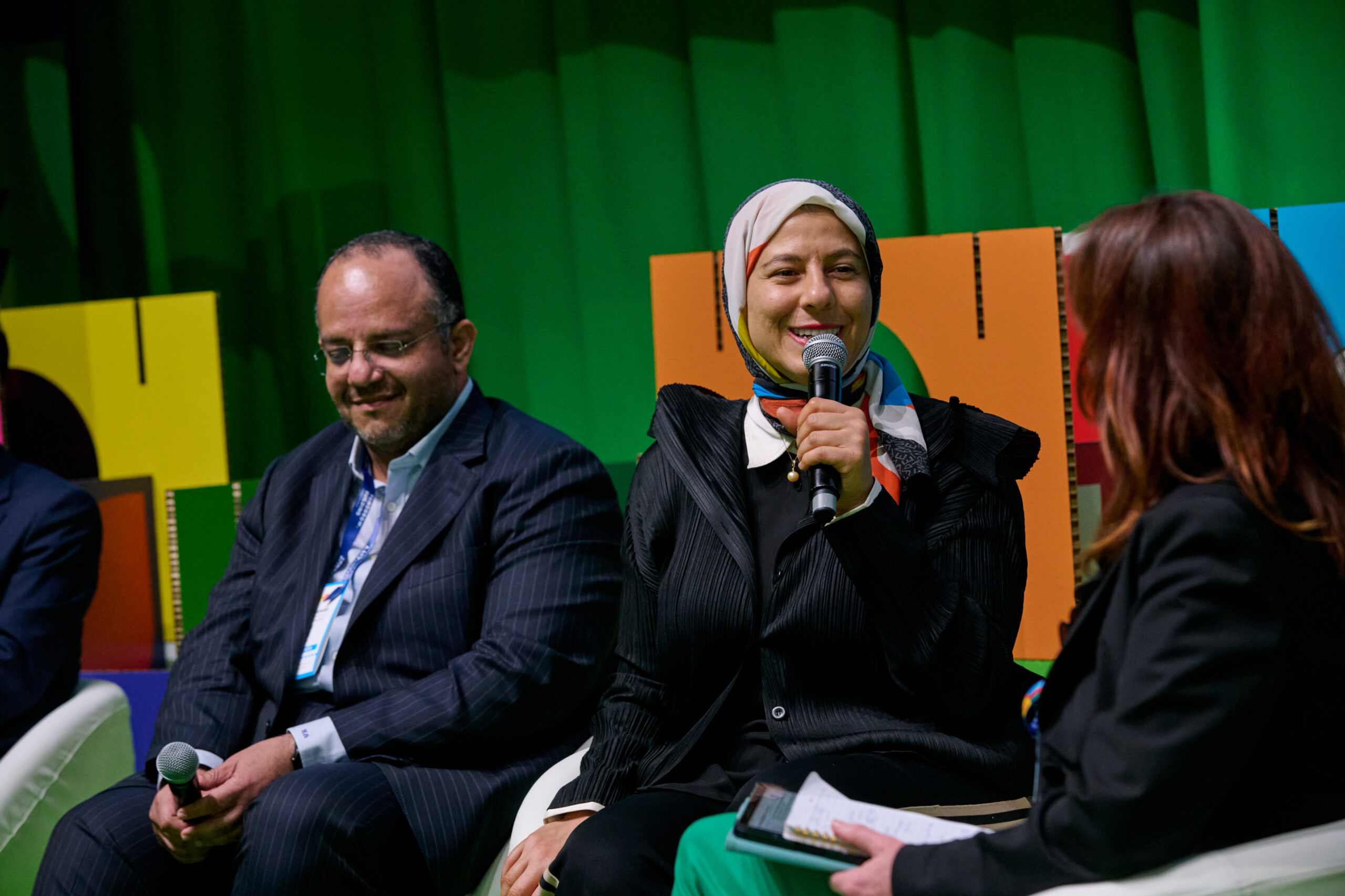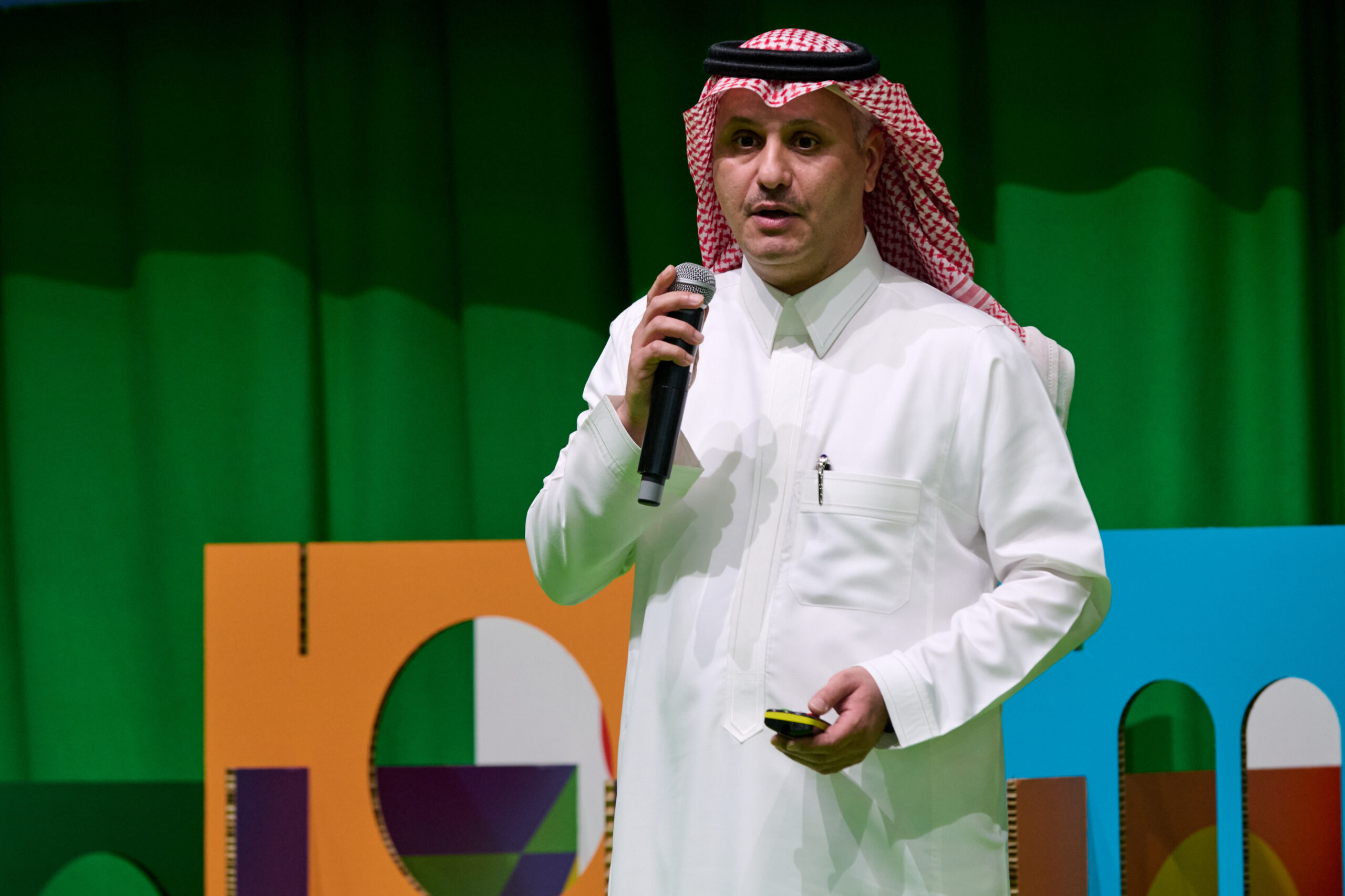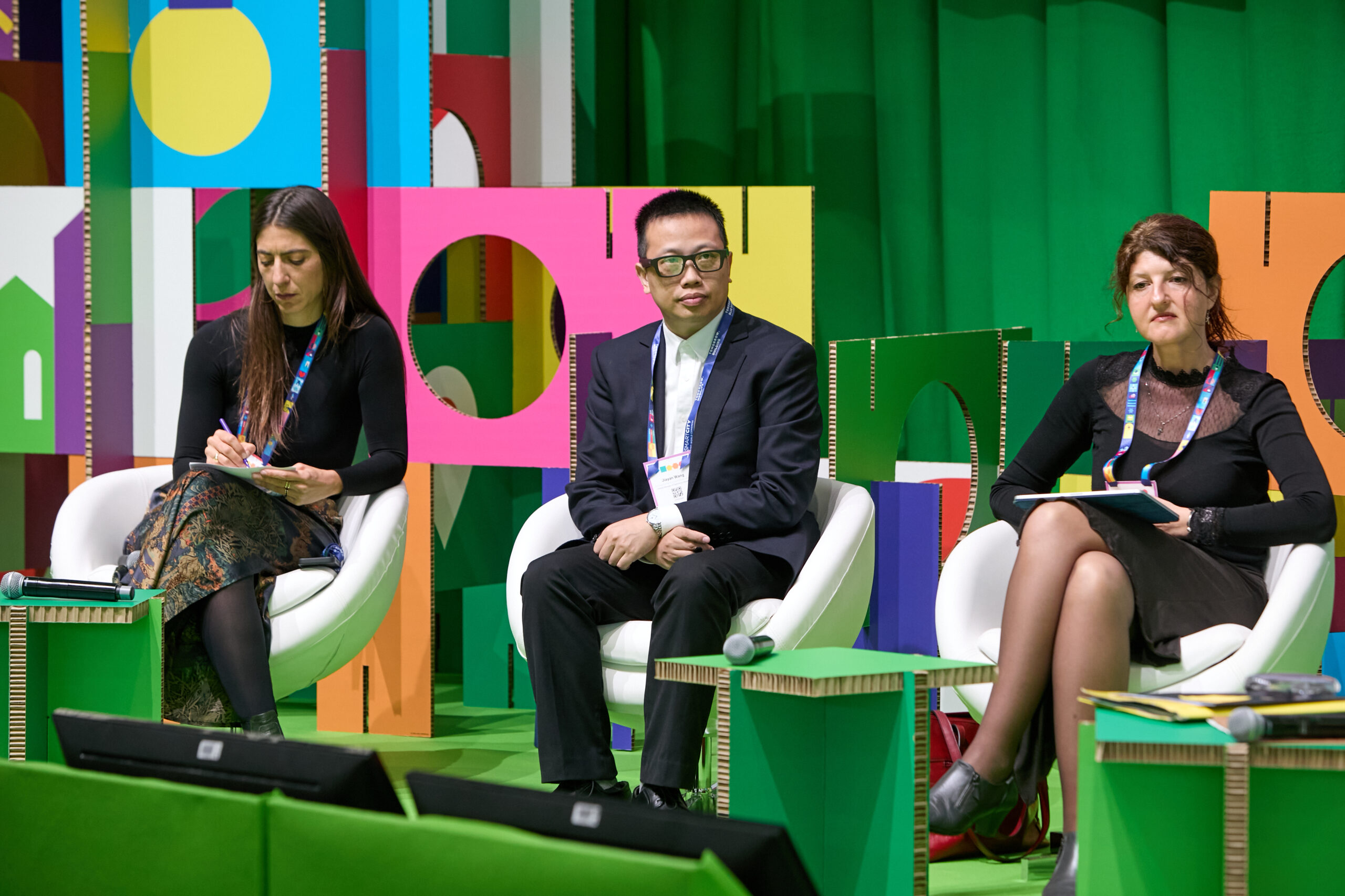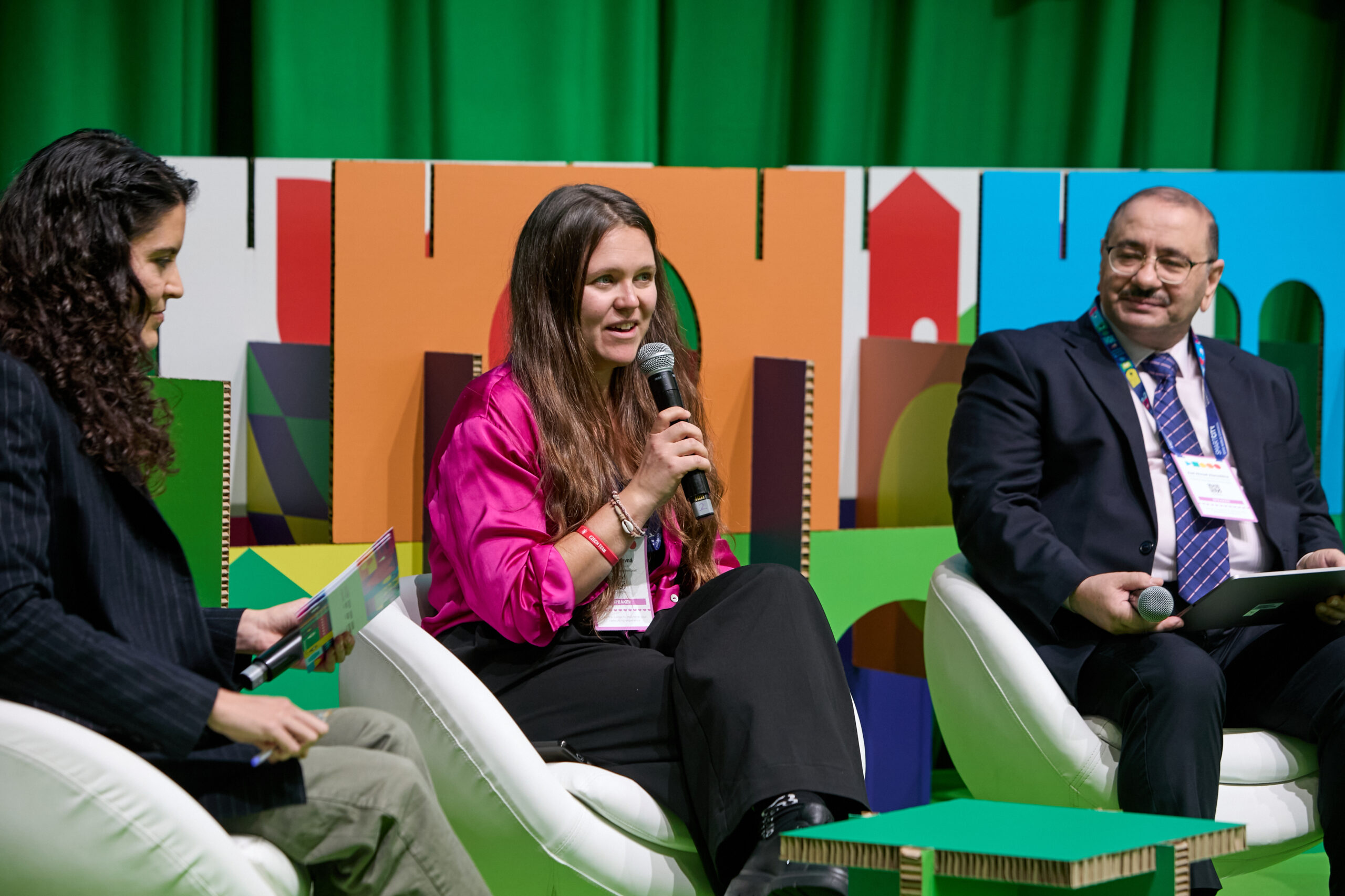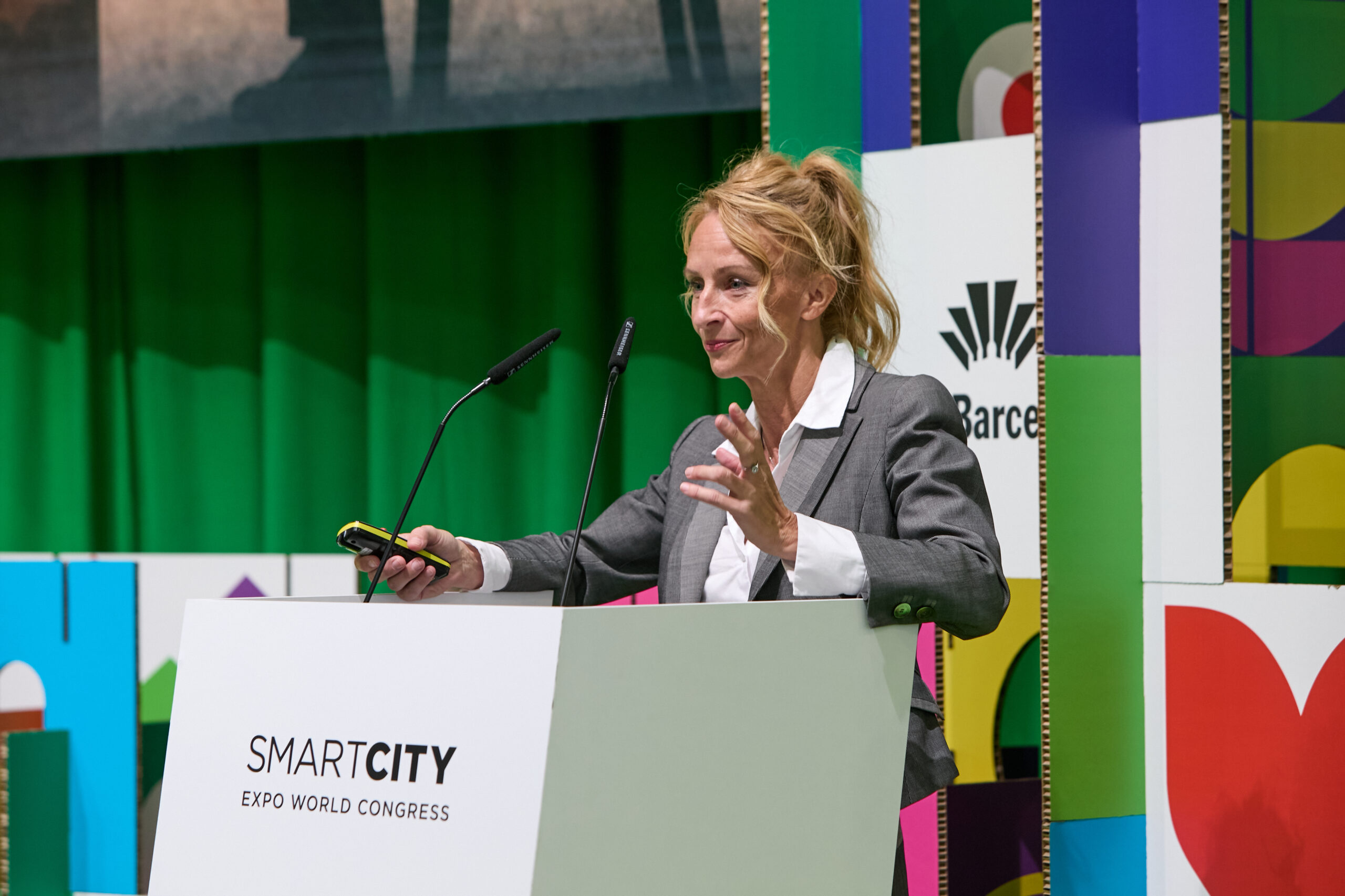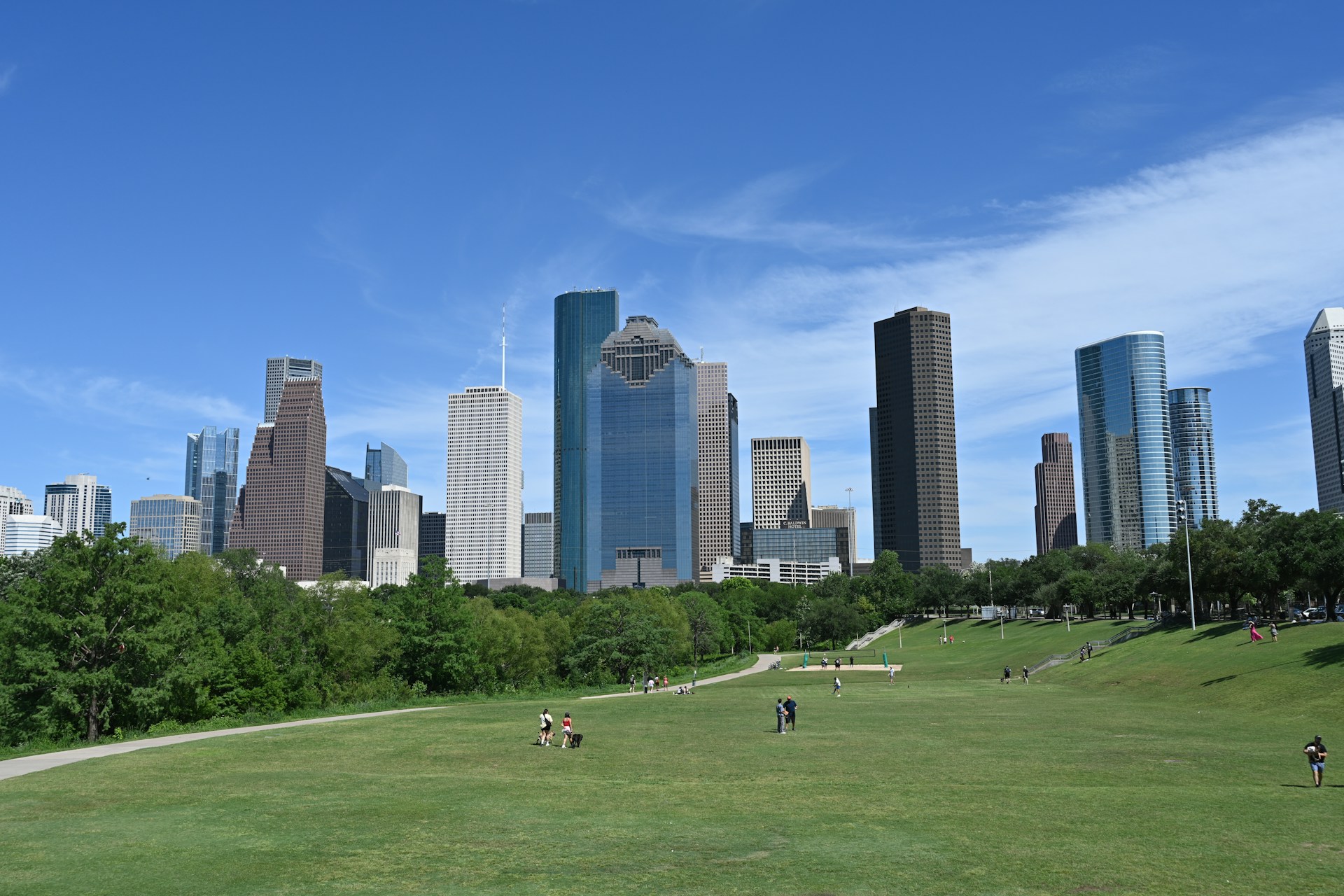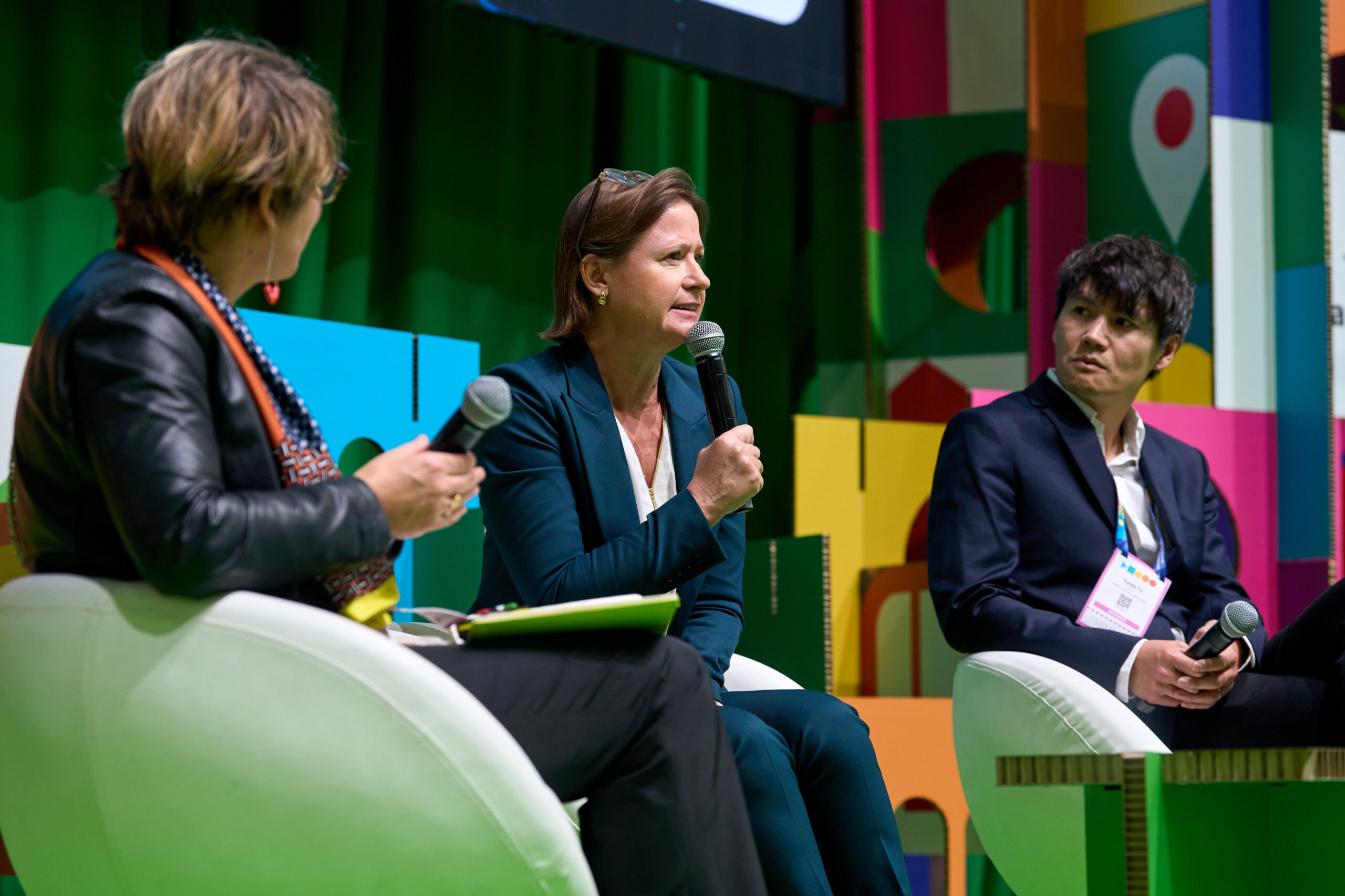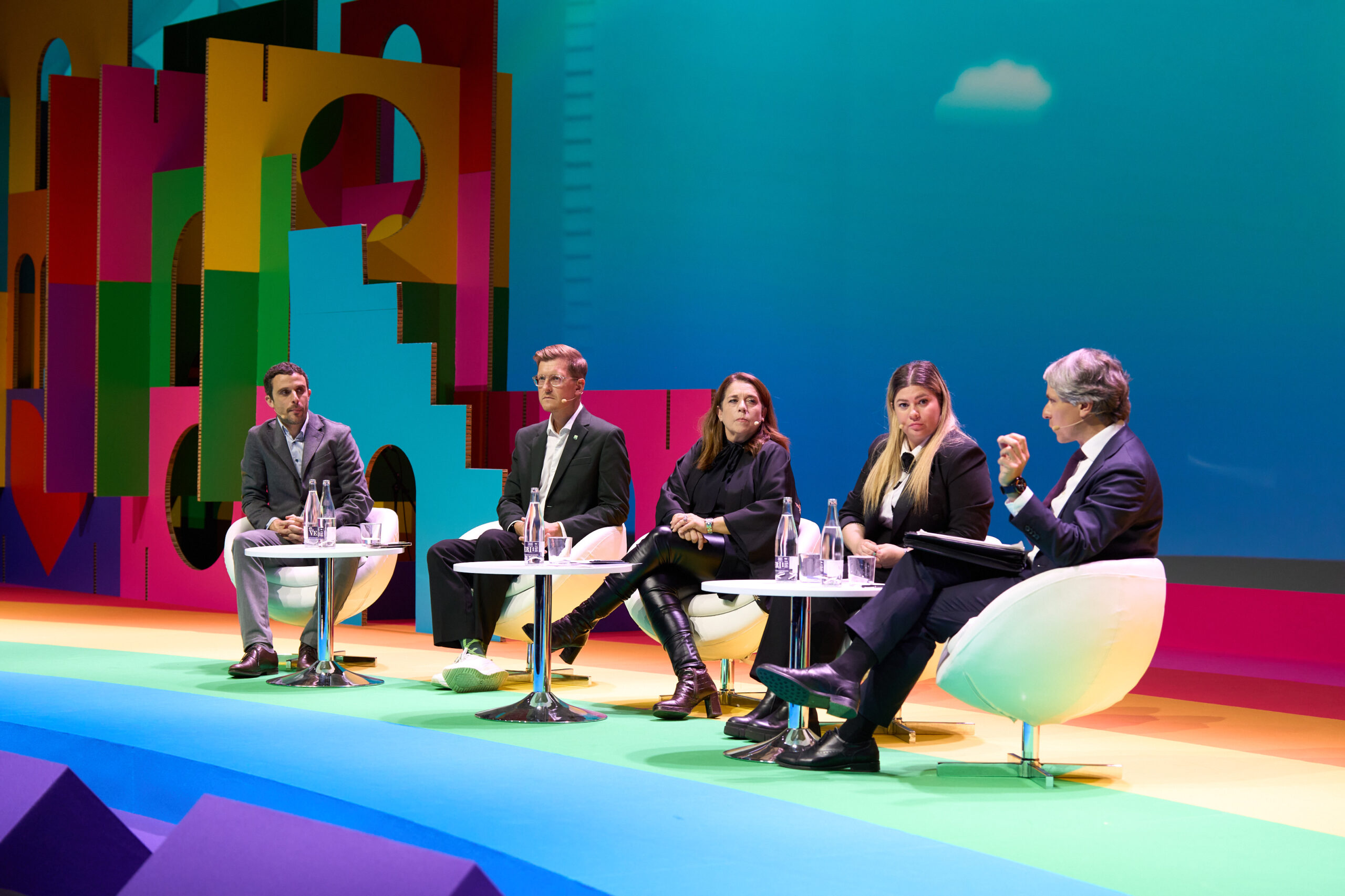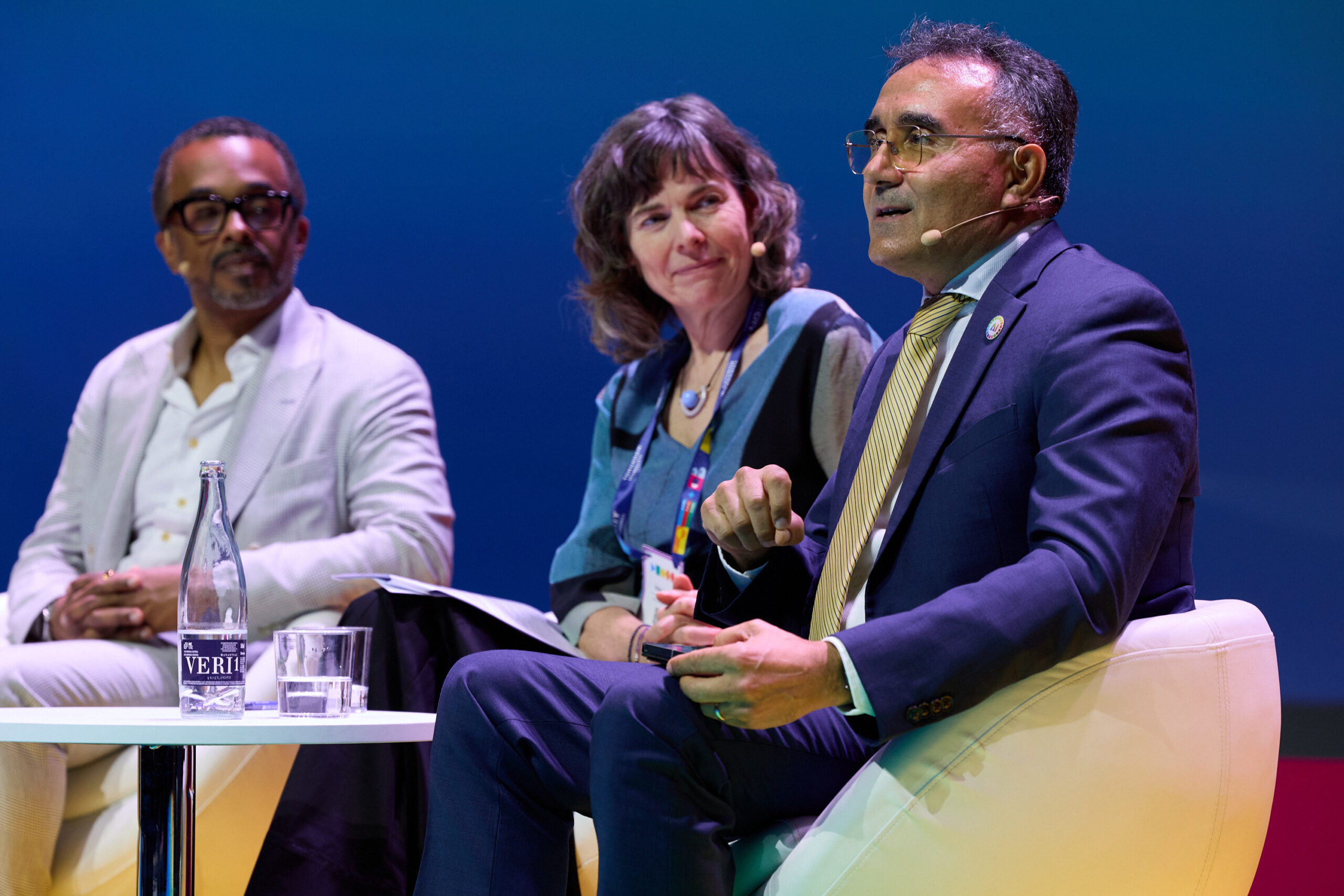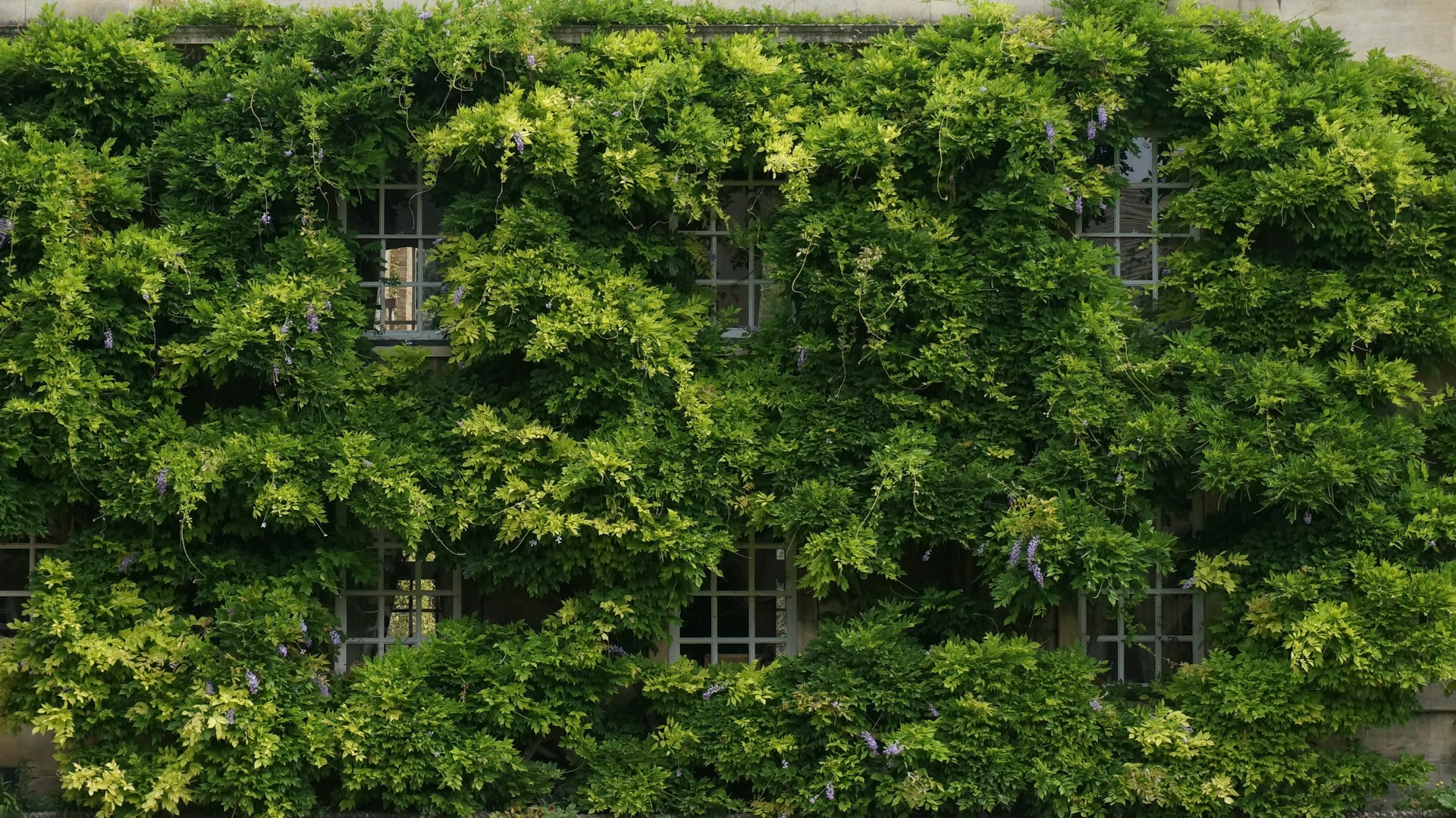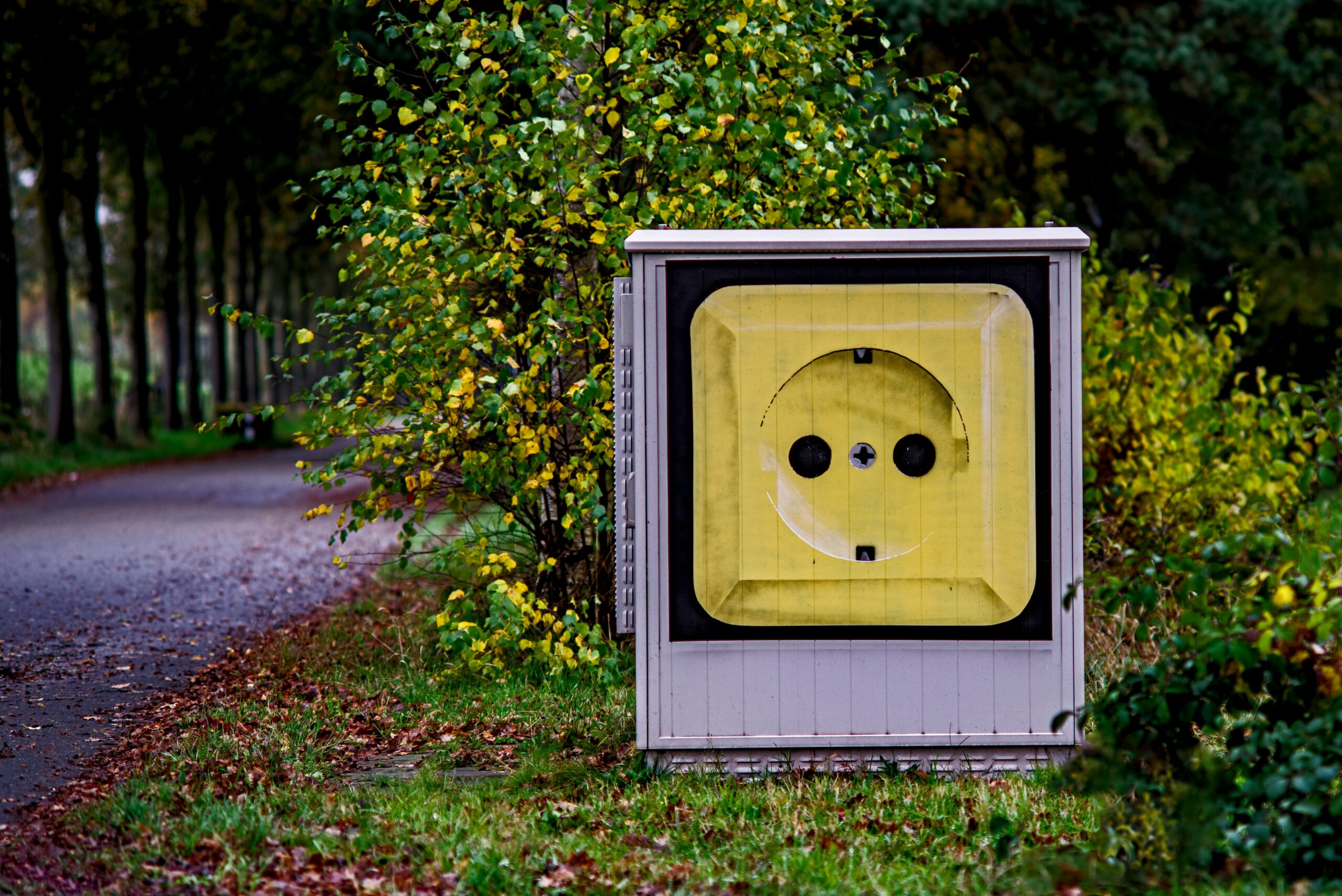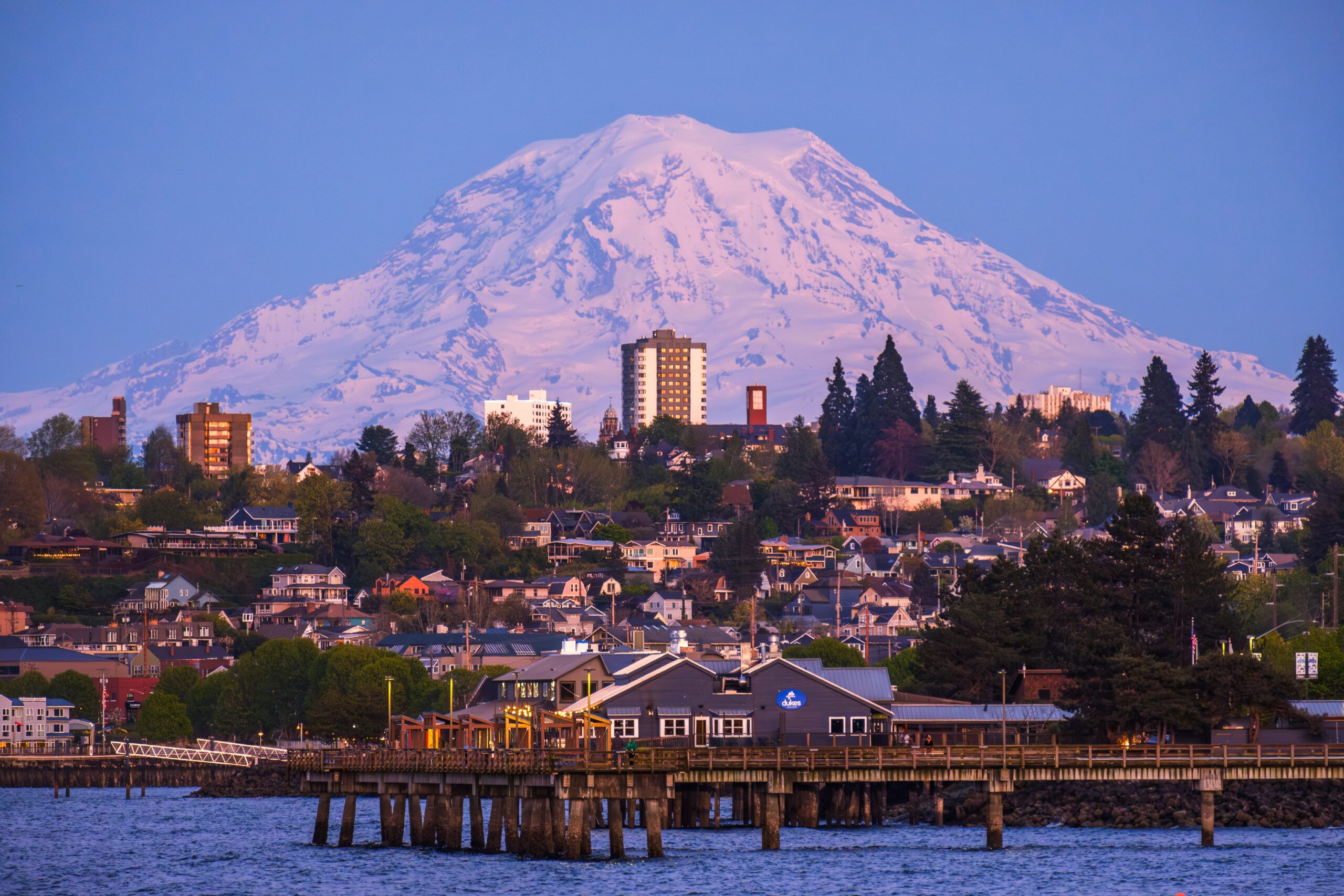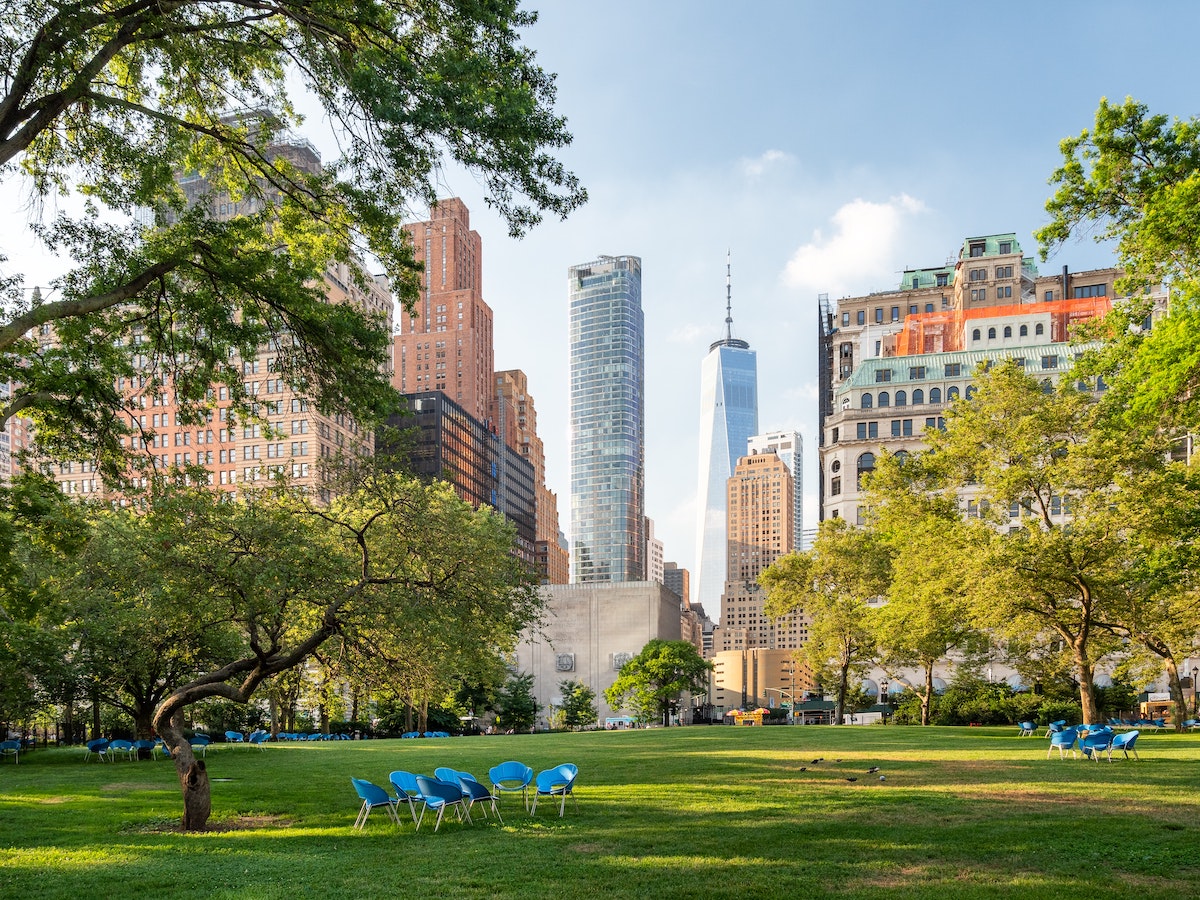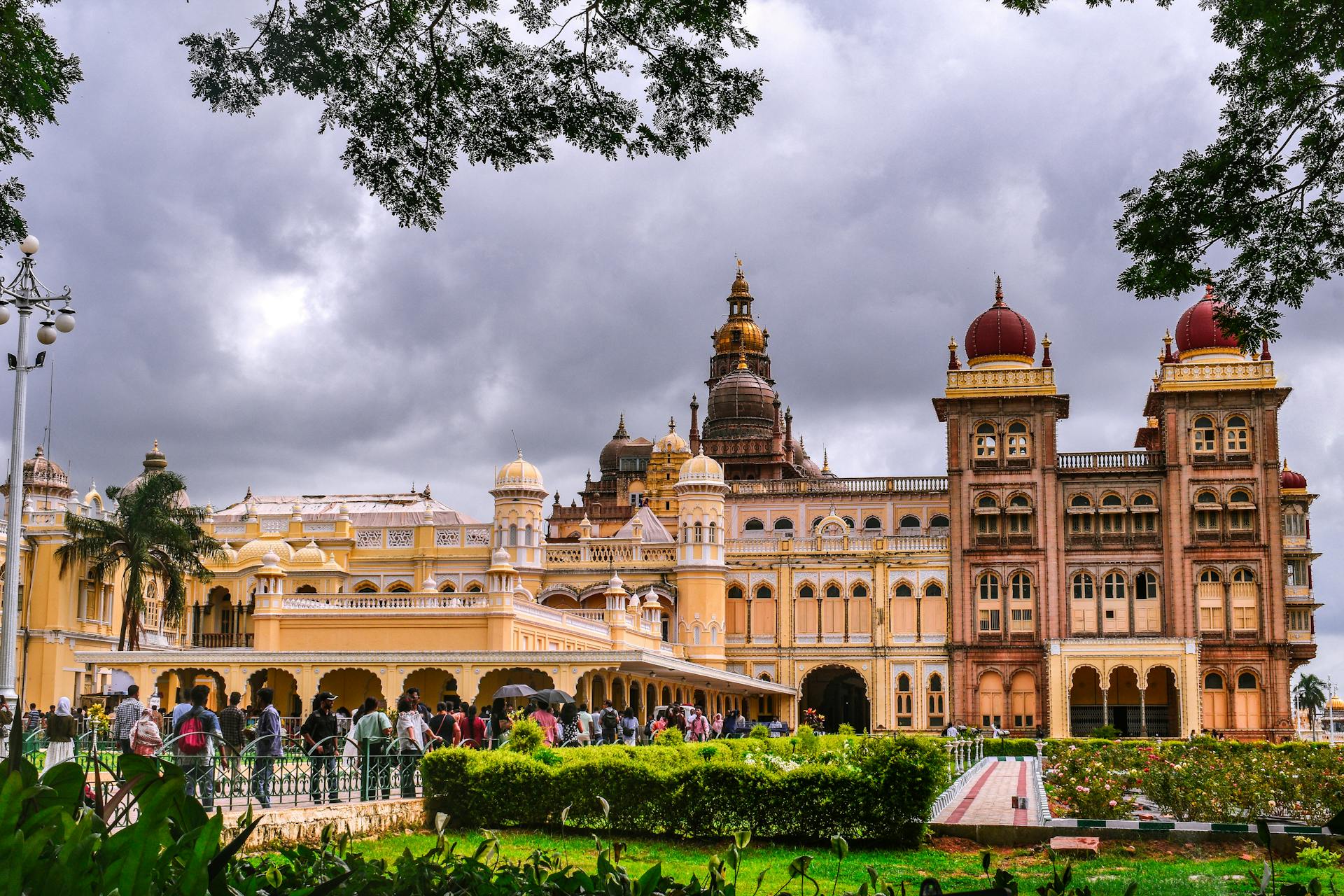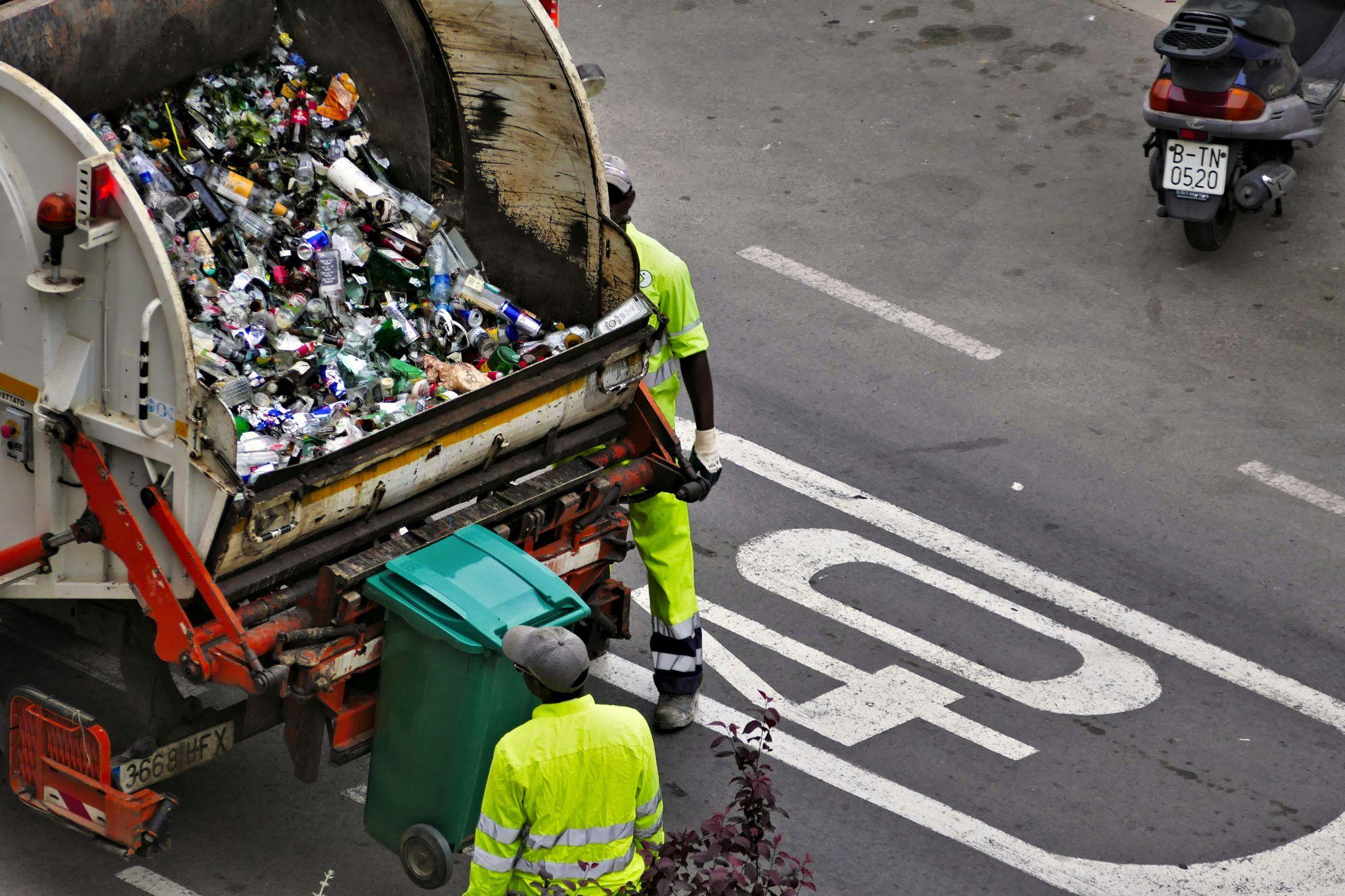Author | Raquel C. Pico
For many people, everything they know about an informal settlement comes from popular culture, fiction, and media reports. They have never set foot in one, nor do they live near any, so their image of daily life in these places is shaped entirely by what others say about them.
Dharavi, in Mumbai, is one of the most well-known examples of this type of neighborhood in India. Outside the country, it is especially recognized for its association with Slumdog Millionaire, the 2008 film directed by Danny Boyle that won multiple Oscars and became one of the most popular movies of the decade. But Dharavi is much more than that.
Dharavi, Asia’s largest informal settlement
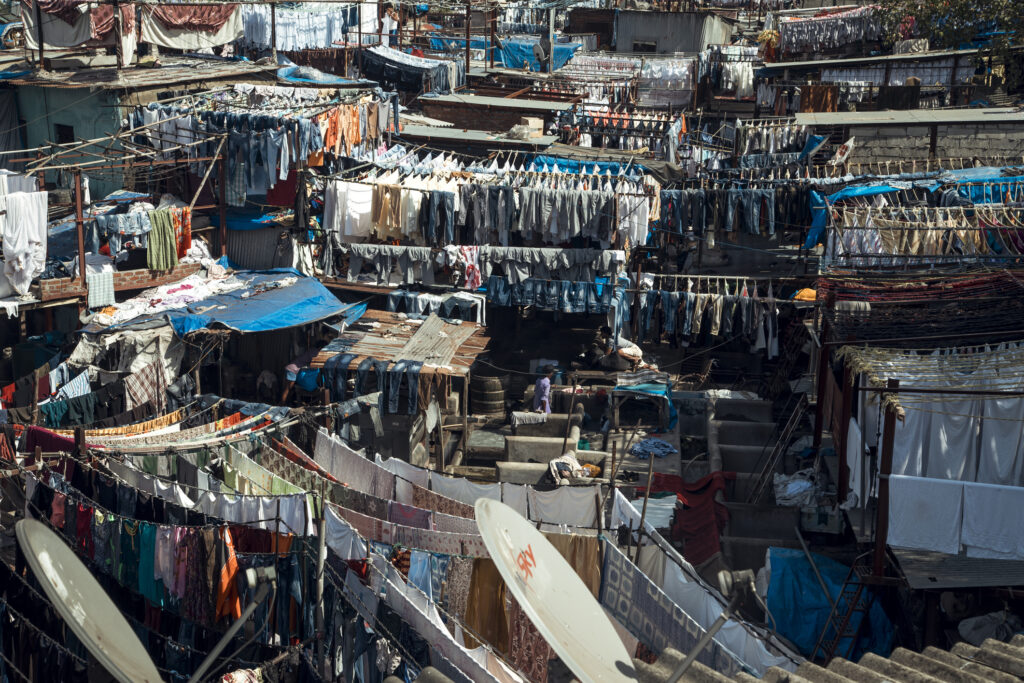
Dharavi is the largest informal settlement in Asia. There are no clear or undisputed figures on how many people live there, though estimates suggest the population is around one million. What is certain is that it is extremely densely populated, with many people living in the small homes that line its narrow alleyways.
Traditionally, these types of neighborhoods were where people migrating to cities in search of better opportunities would settle, as well as where working-class residents who could not afford to live in city centers sought refuge. This often meant living in informal structures, such as shacks, self-built homes, or otherwise precarious housing. Today, slums are commonly associated with major cities in developing countries, but the truth is they have also existed throughout history in many of Europe’s largest cities.
Their peripheral status—both geographically and economically—has made slums a collateral consequence of urban waste management policies. As a result, it is in these neighborhoods where the waste from India’s growing cities tends to accumulate. This is the case with Dharavi in Mumbai, but also with Govindpuri in Delhi and Lingarajapuram in Bengaluru. The presence of waste creates serious hygiene, health, and environmental issues. It is the residents who bear the brunt of the resulting pollution, whether in the water, soil, or air.
But this is where Dharavi changed the game.
Recycling to turn trash into treasure
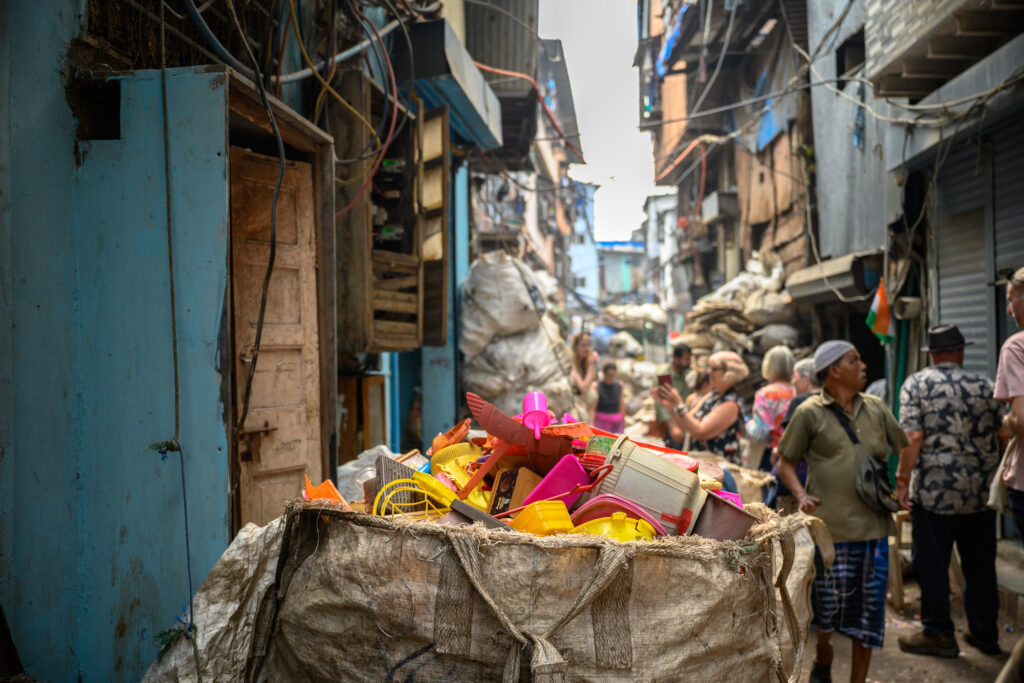
Necessity sparked innovation and laid the foundation for a circular economy. If waste was going to end up in Dharavi, the neighborhood could become a key player in the city’s waste management chain. Trash became not just a constant presence, but an economic asset and a potential tool to help alleviate poverty. Today, Dharavi serves as the city’s recycling hub.
Some estimates suggest that recycling and waste recovery generate around $1 billion in annual revenue in Dharavi, though other figures place it closer to $665 million. What is clear, however, is that waste management has become a major part of the local economy. Residents earn a living by handling waste, sorting materials, and recovering and recycling trash. Around 250,000 people work in this industry, which processes 80% of Mumbai’s solid waste and 60% of the city’s plastic.
Some accounts already portray Dharavi as something of a success story in waste recovery and efficient resource use. As early as 2016, a Reuters report described the slum’s “booming economy.” This growth, however, may have become a potential threat, a kind of success paradox, as plans to redevelop the area with new buildings and dismantle the existing informal infrastructure have loomed over the community in recent years.
A multi-million-dollar plan is in place to redevelop the area, transforming it into a more conventional Mumbai neighborhood and easing pressure on the city’s real estate market. However, residents of Dharavi fear the potential consequences of such redevelopment. They worry that gentrification could push them out of their own community and disrupt the waste-based economy.
After all, the residents of Dharavi are asserting their place and what makes their slum unique. In fact, there are even companies that organize guided tours aimed at breaking down preconceived notions about life in slums. In 2019, a TripAdvisor ranking confirmed that Dharavi was one of the most popular destinations among tourists visiting India. “People travel in search of cultural exchange, and that’s exactly what we offer,” said Zeeshan Shaikh, director of Be The Local Tours & Travels, at the time.
The recycling economy
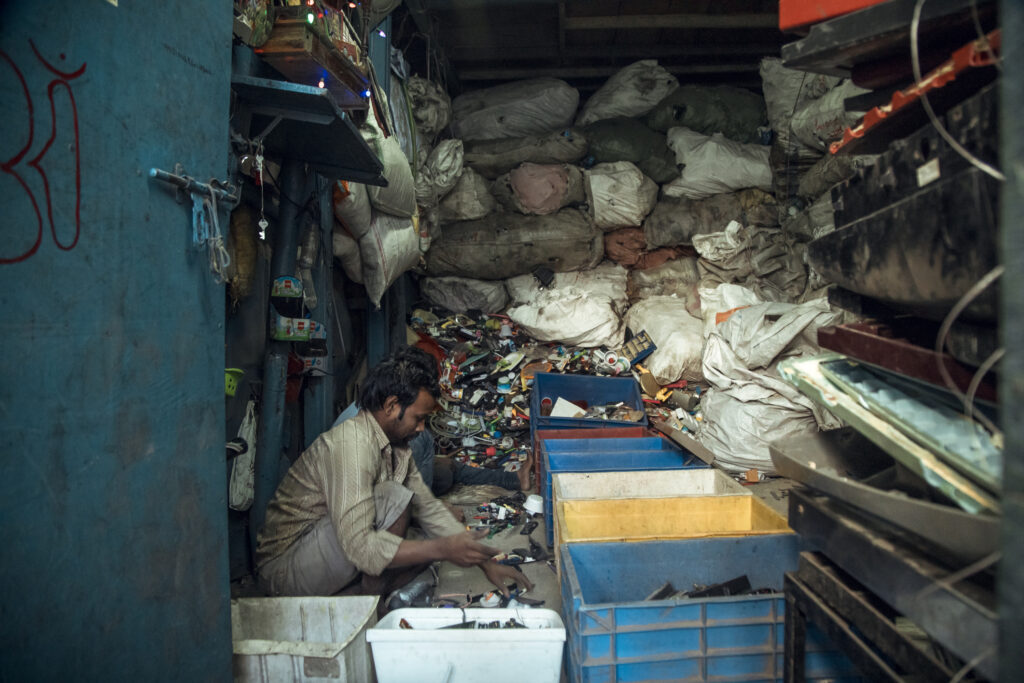
This circular economy approach to waste management brings a range of benefits. Naturally, it enhances sustainability by turning trash into something useful and preventing waste from piling up in landfills. At the same time, it promotes job creation, opens up employment opportunities for women and young people, and incidentally improves health and hygiene in the neighborhood by reducing the buildup of waste and the risk of chemical and toxic leaks into the environment.
In Dharavi, all kinds of materials are recycled. The neighborhood is organized into specialized zones, each dedicated to processing different types of products and raw materials. They work with electronics, lightbulbs, paper, cardboard, leather, and ceramics. Even aluminum is recycled; old cars are dismantled and converted into usable metal. And, of course, plastic is a major focus as well.
Some initiatives are working to professionalize plastic recycling, a growing waste stream globally, and especially in Indian cities. One such example is the Earth5R Dharavi model, which relies on grassroots involvement, engaging local residents not only as workers but also as direct beneficiaries. In Dharavi, there are around 5,000 informal plastic recycling units that collect and clean plastic waste. The model aims to formalize this process by providing specialized training and improving both the efficiency and safety of the work.
The dark side of Dharavi
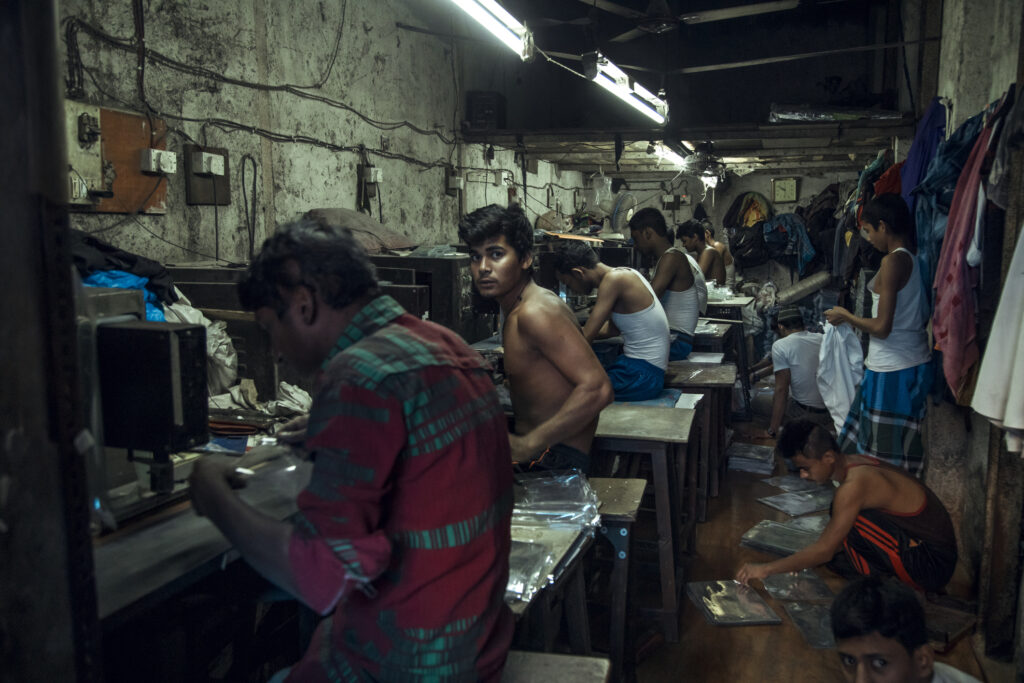
This last point is crucial because, despite the positive potential of building a circular economy around waste in the neighborhood, many challenges and gray areas remain.
One of the most pressing issues is how this waste is processed. The safety of these operations leaves much to be desired, and until meaningful improvements are made, the health of those who live and work in the neighborhood will continue to be at risk. After all, this army of recyclers often lives where they work. Their homes double up as recycling centers. It is also crucial to examine who is doing this work, and to confront the role that child labor plays in this reality.
No matter how circular it may be, this is still an informal economy and living conditions in Dharavi remain far from ideal.
Photos | Fruitbat/iStock, Chris Bucanac/iStock, golero/iStock






